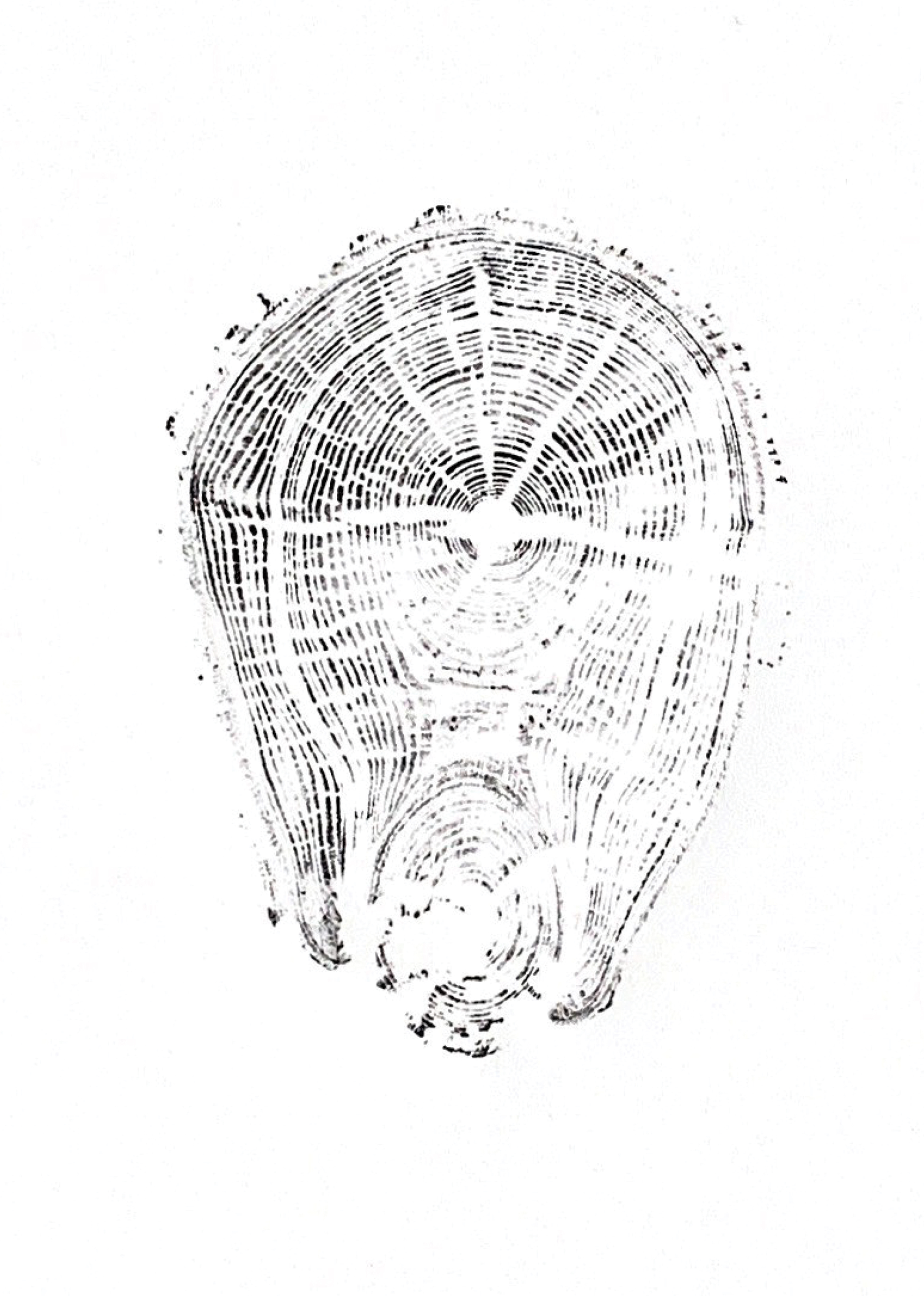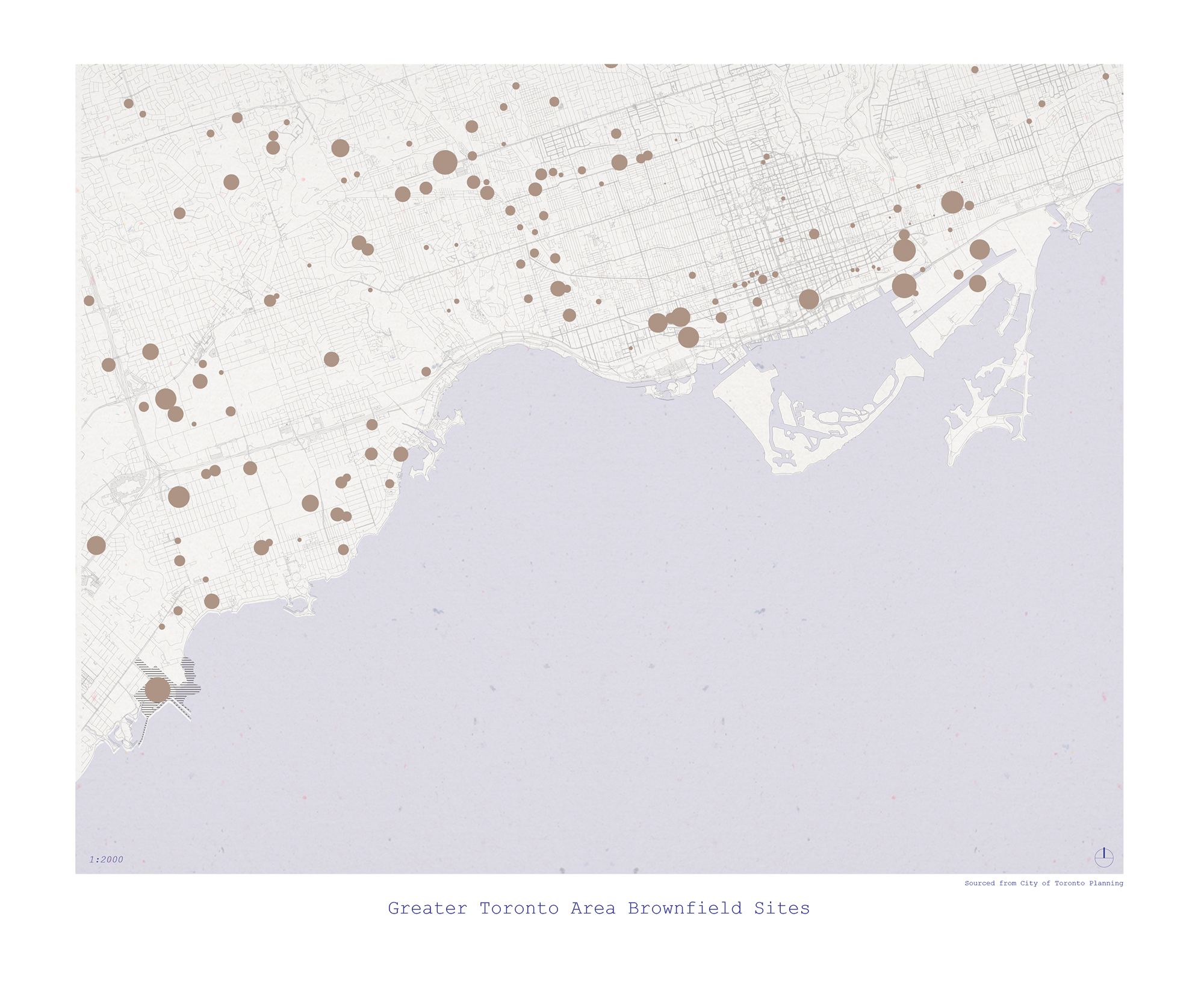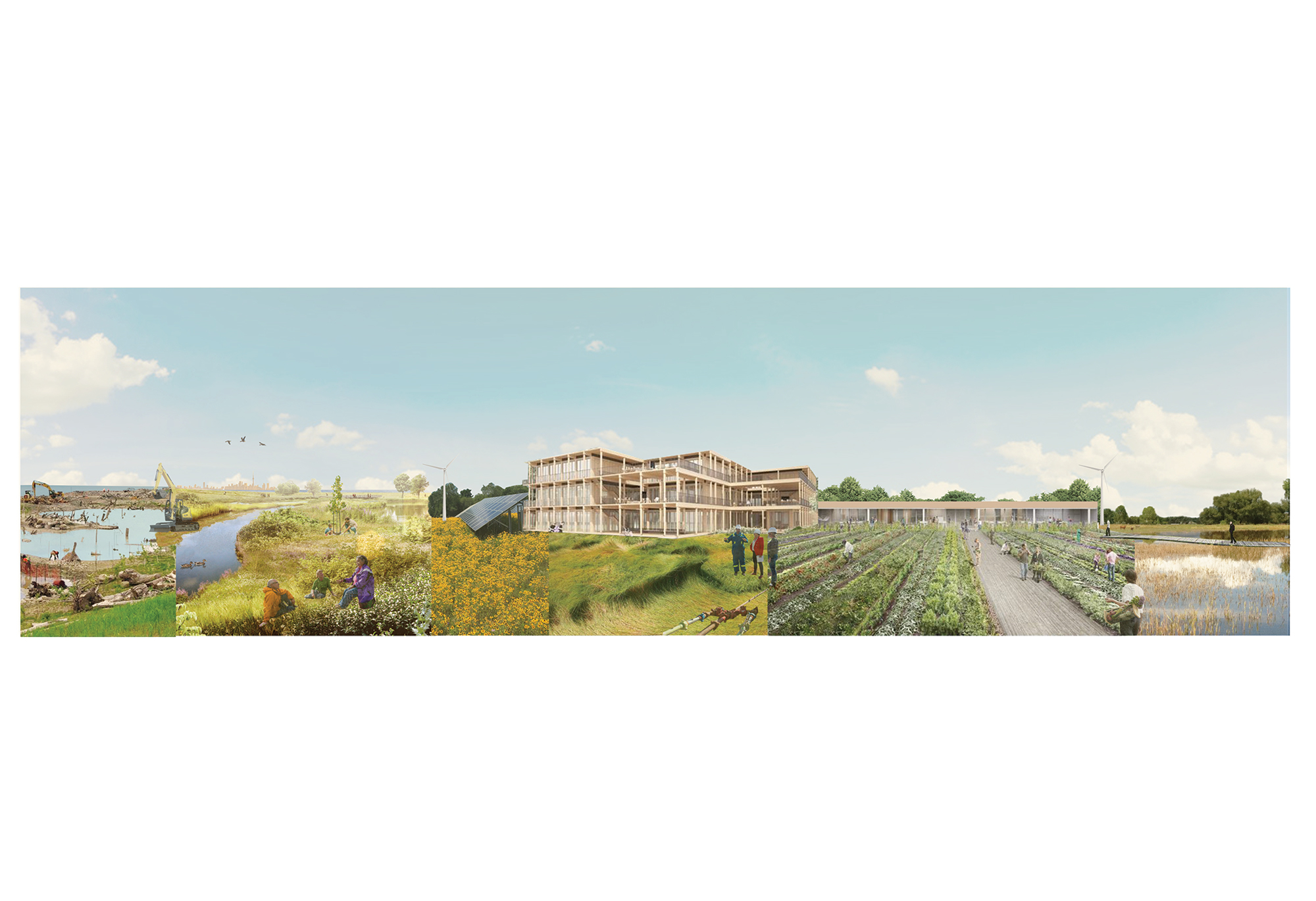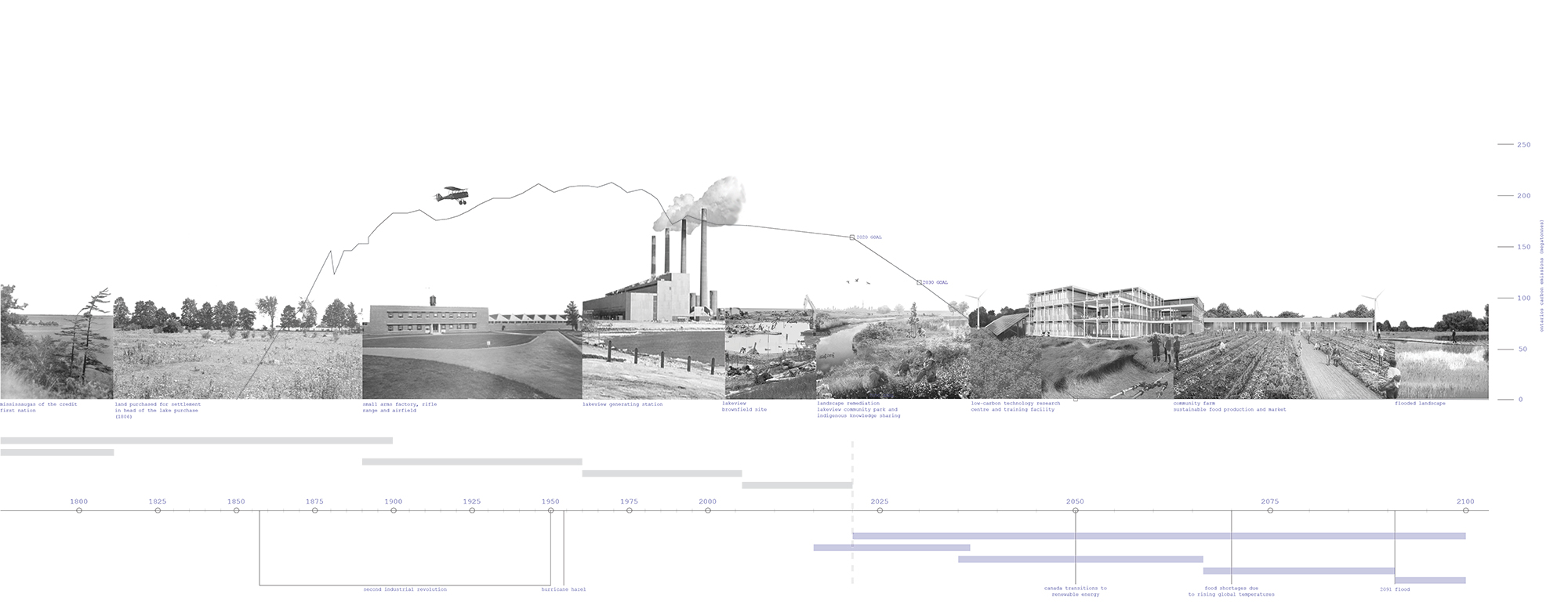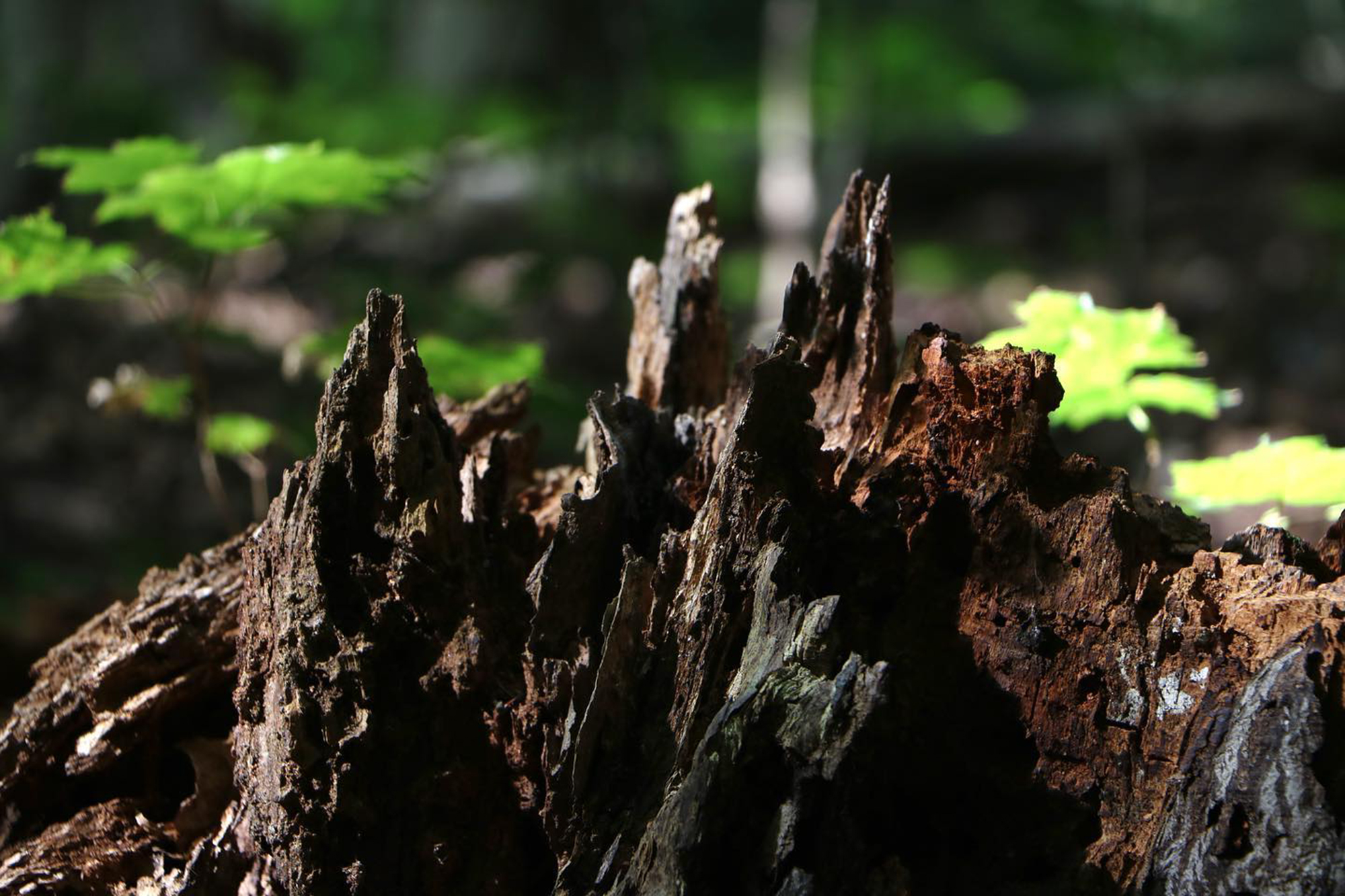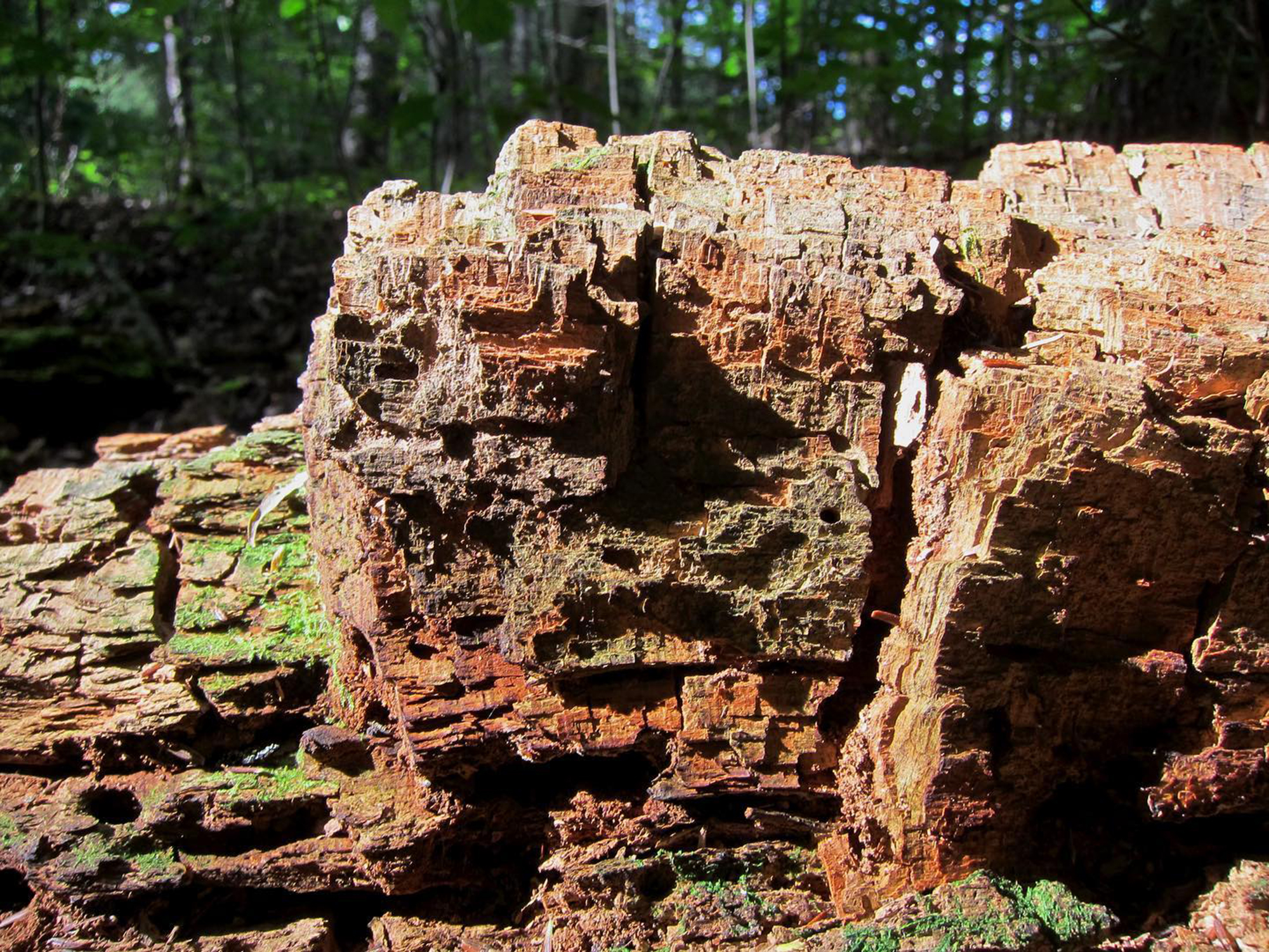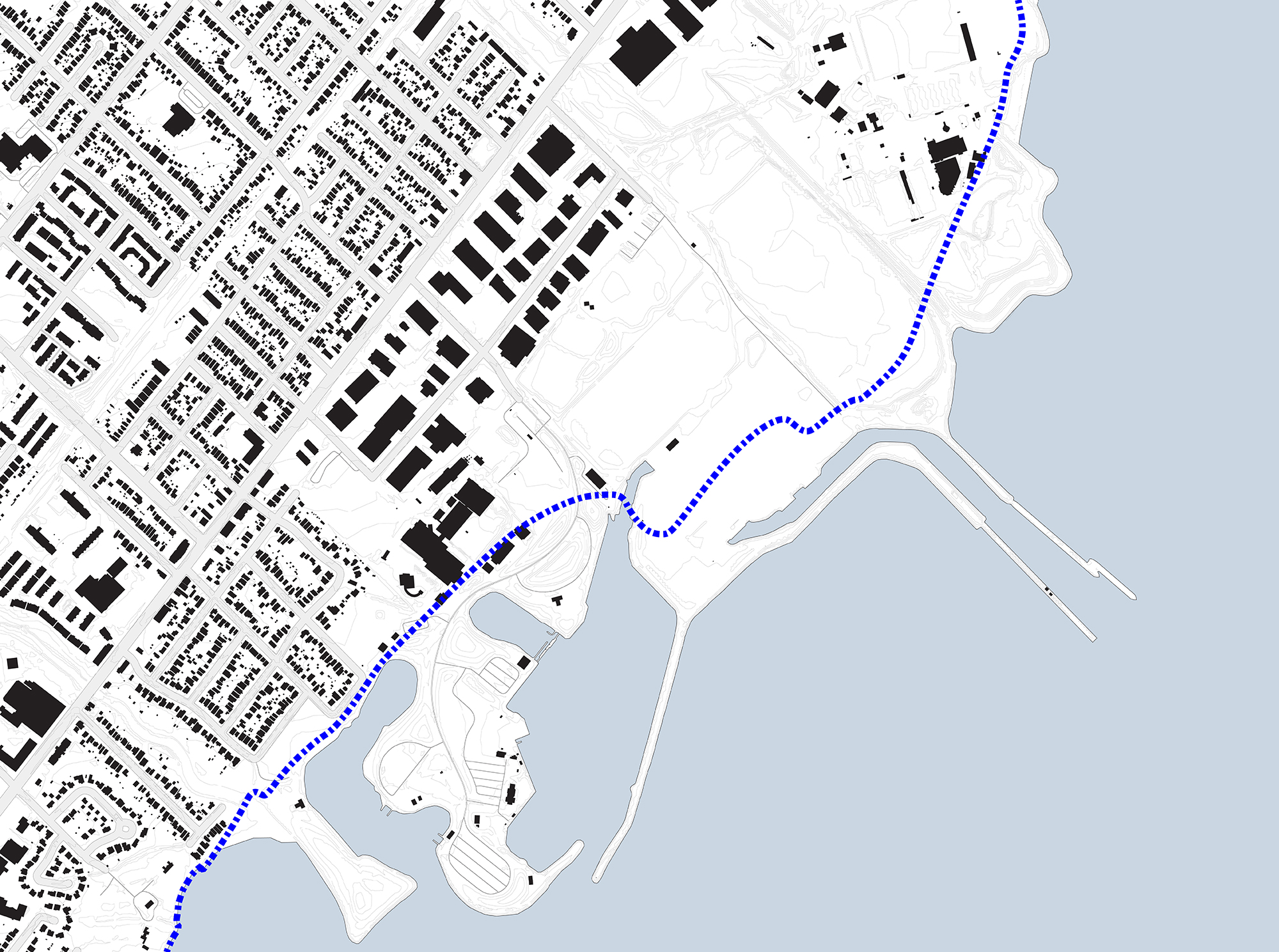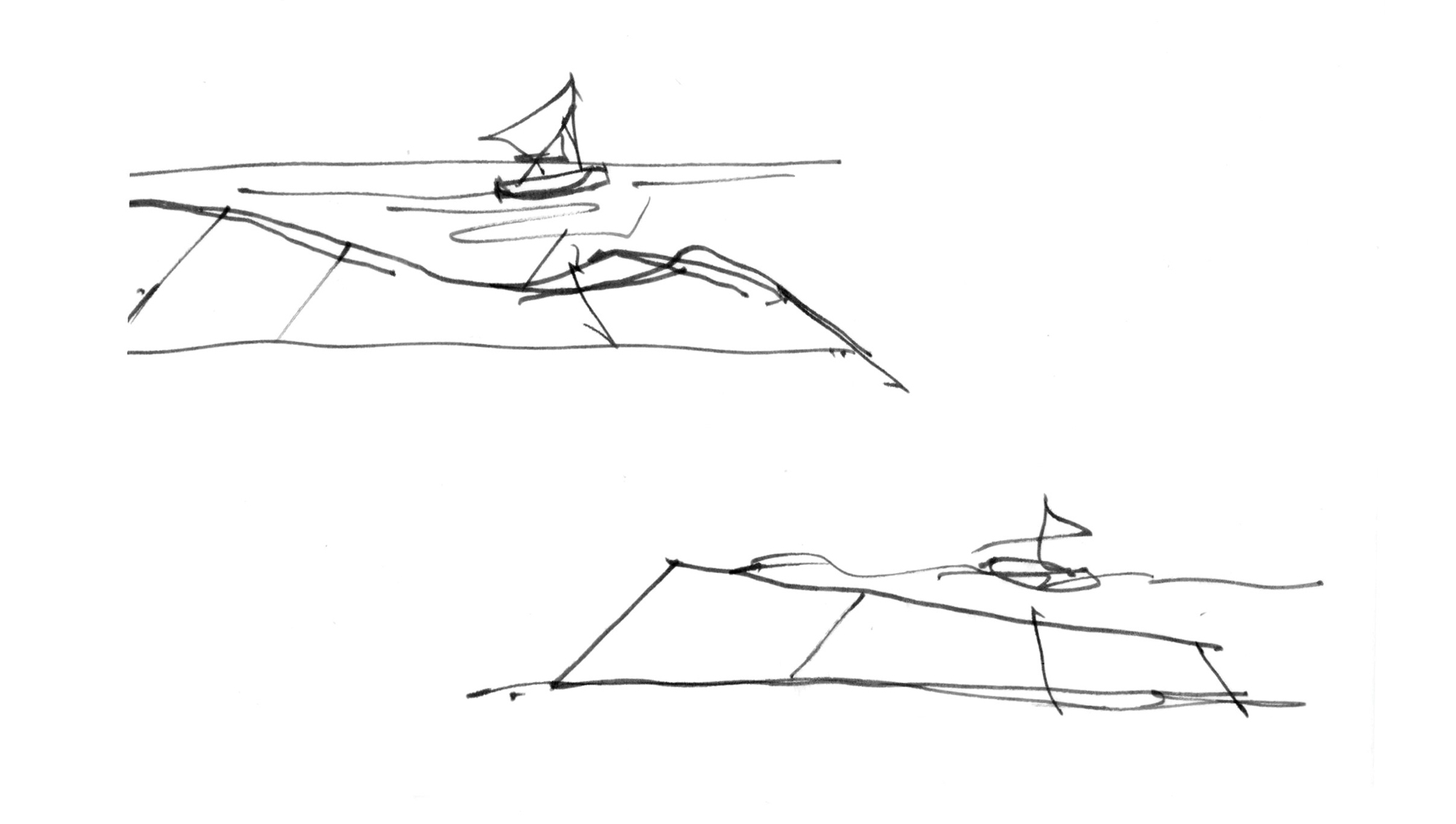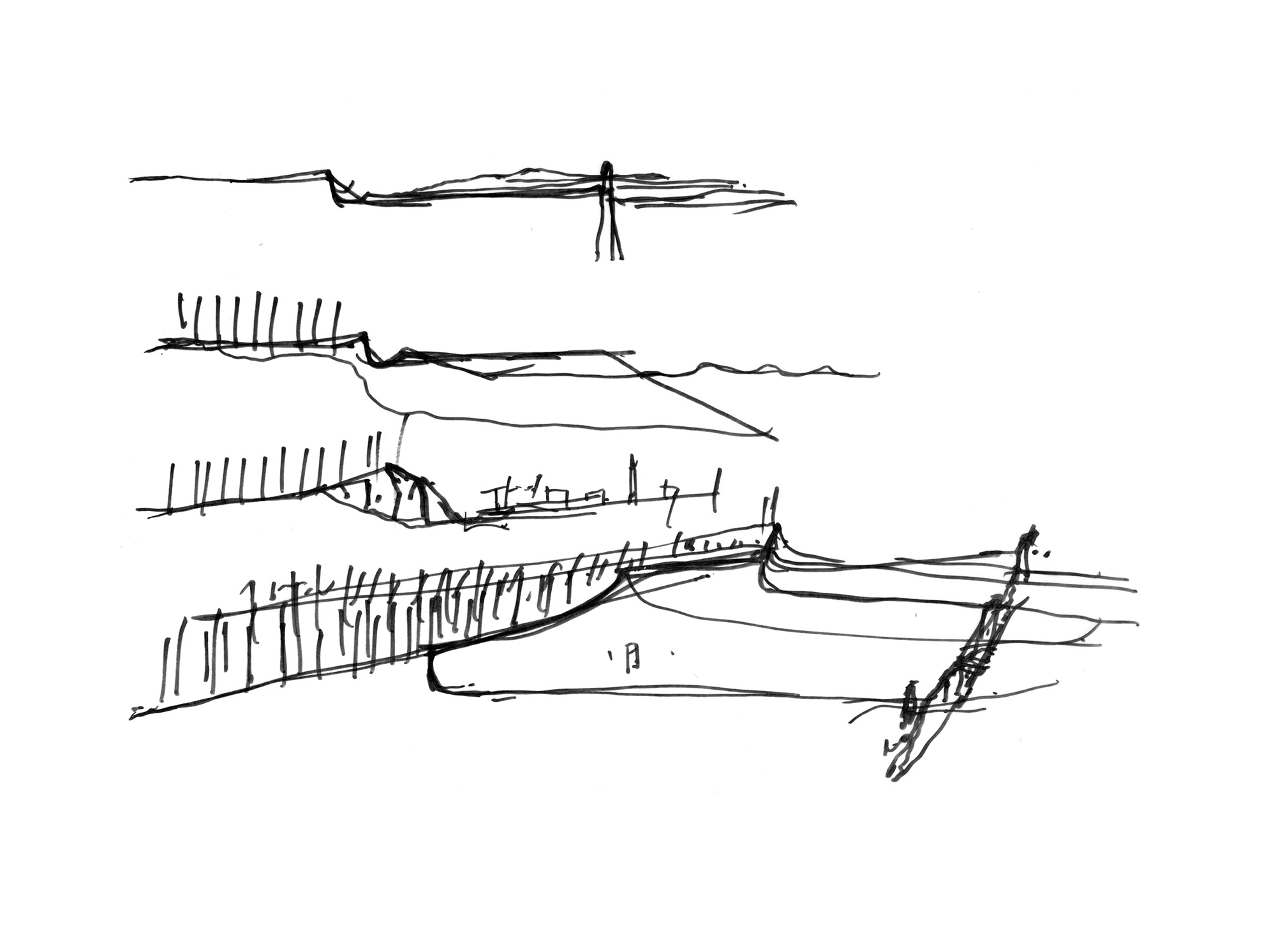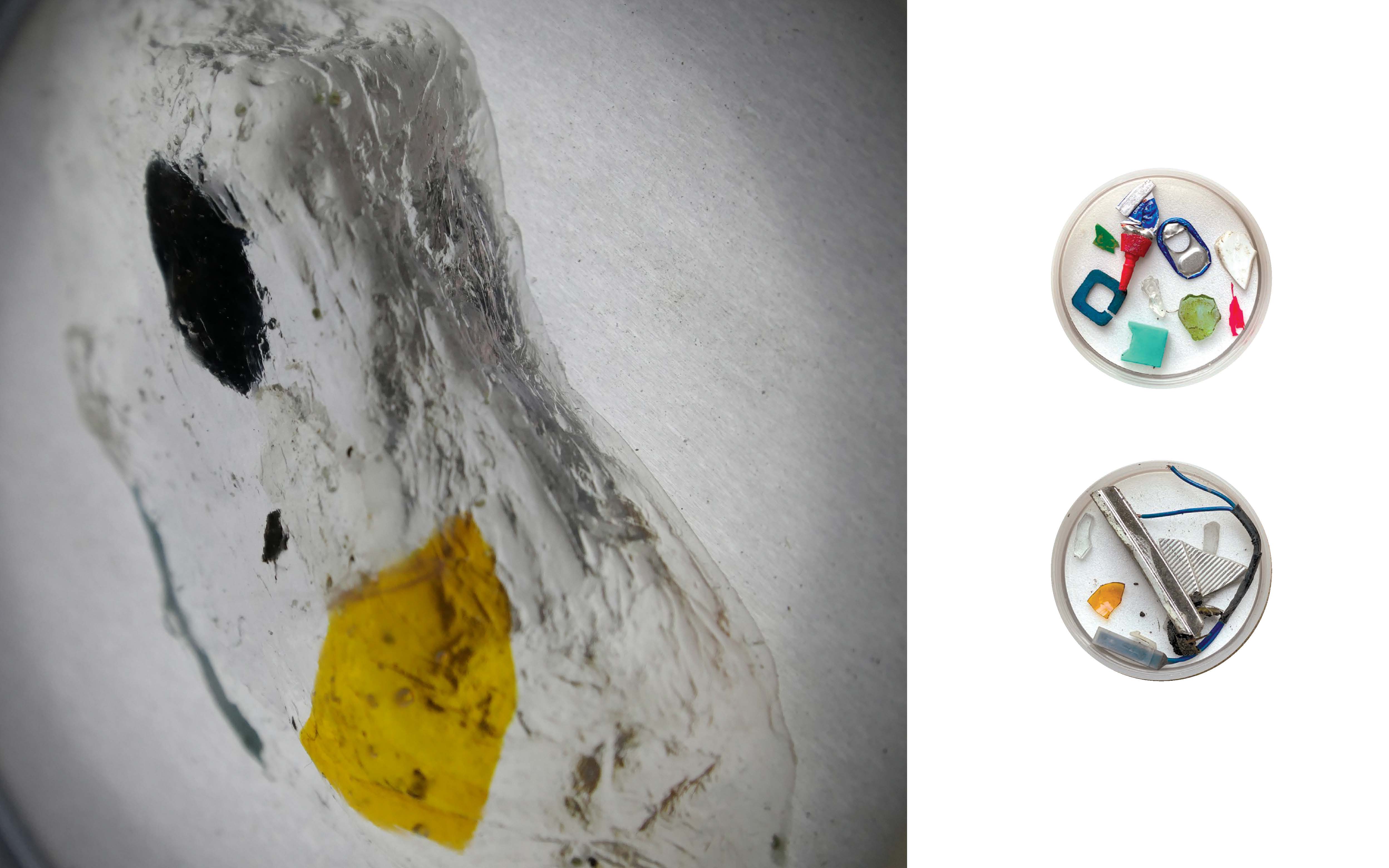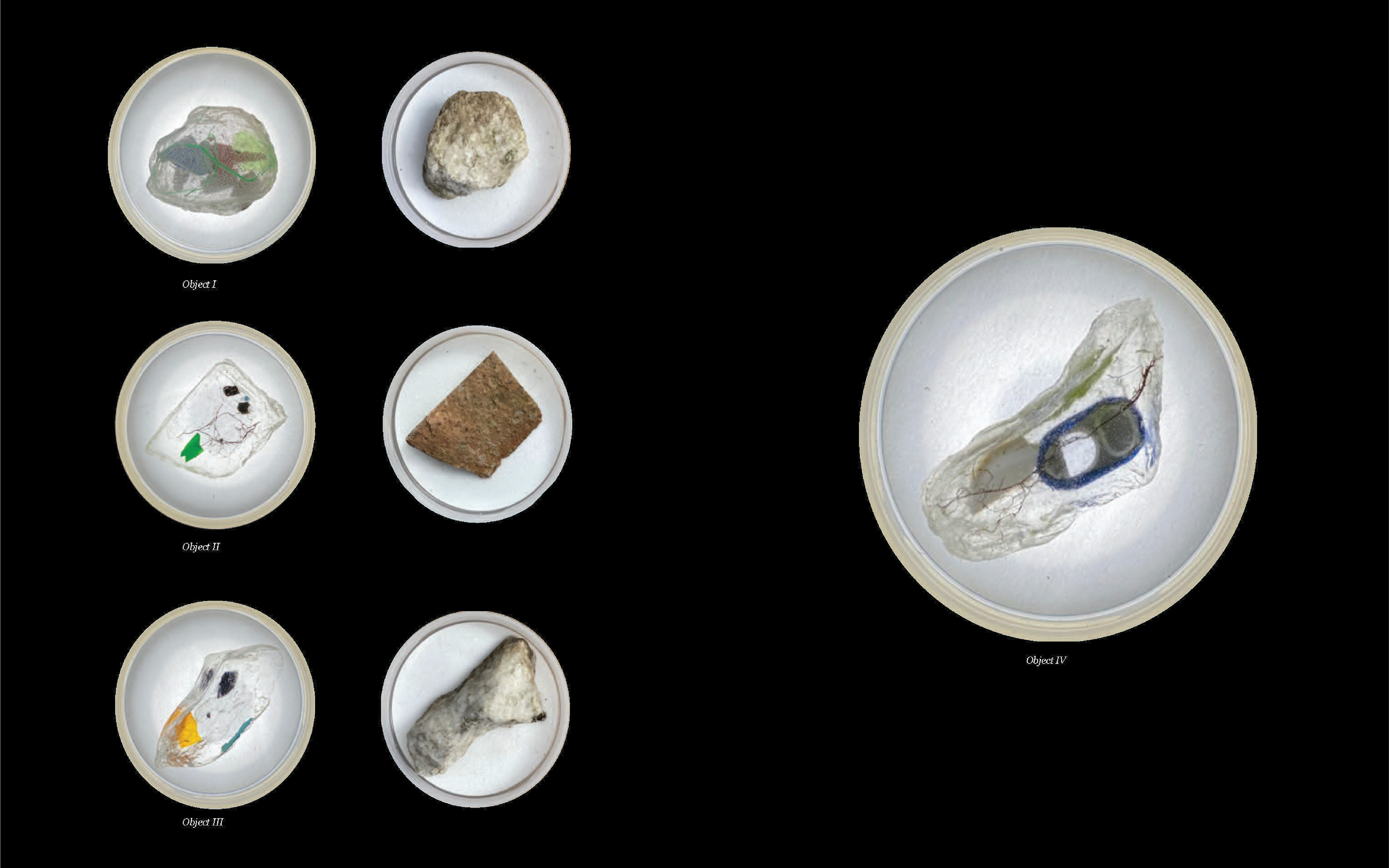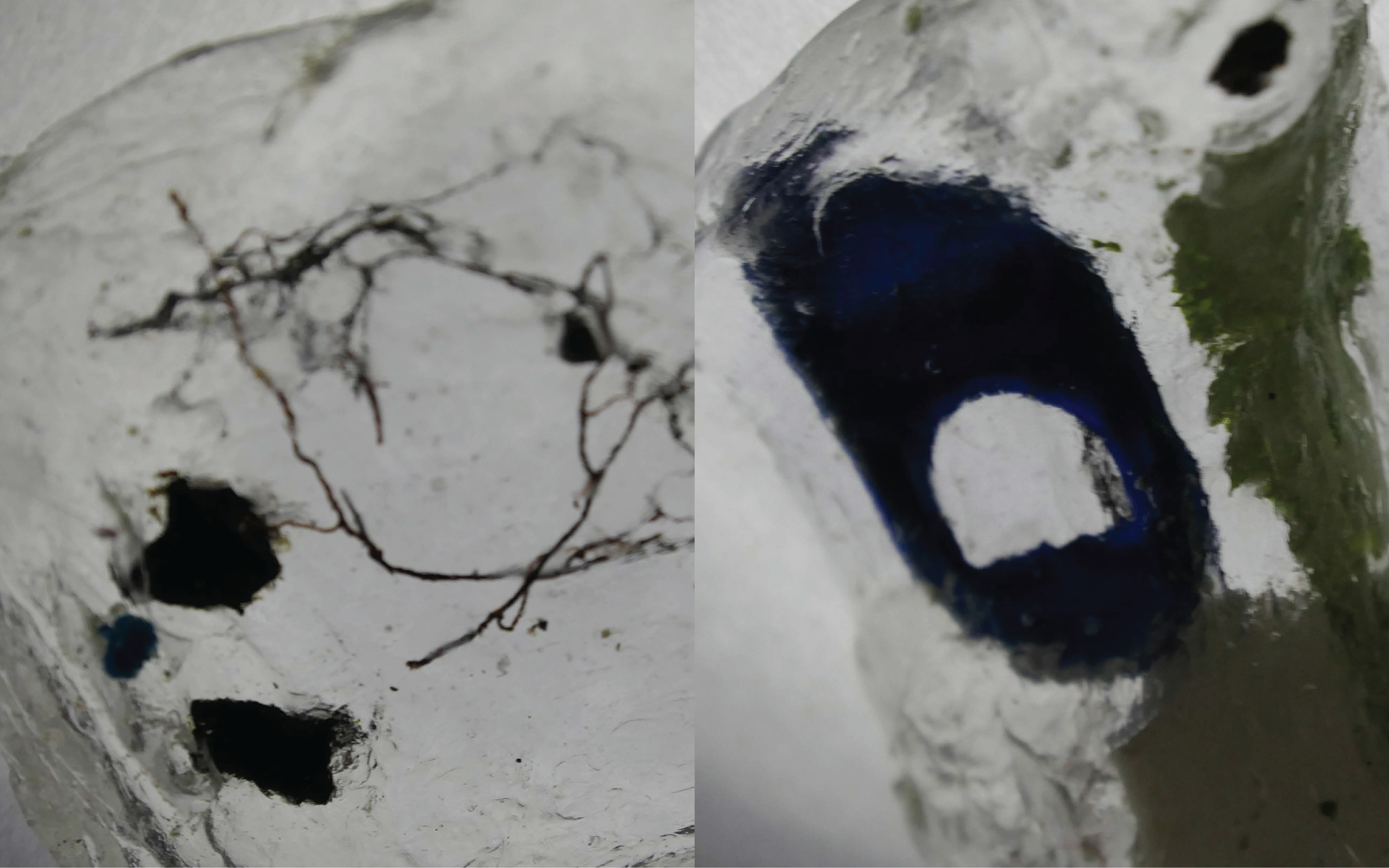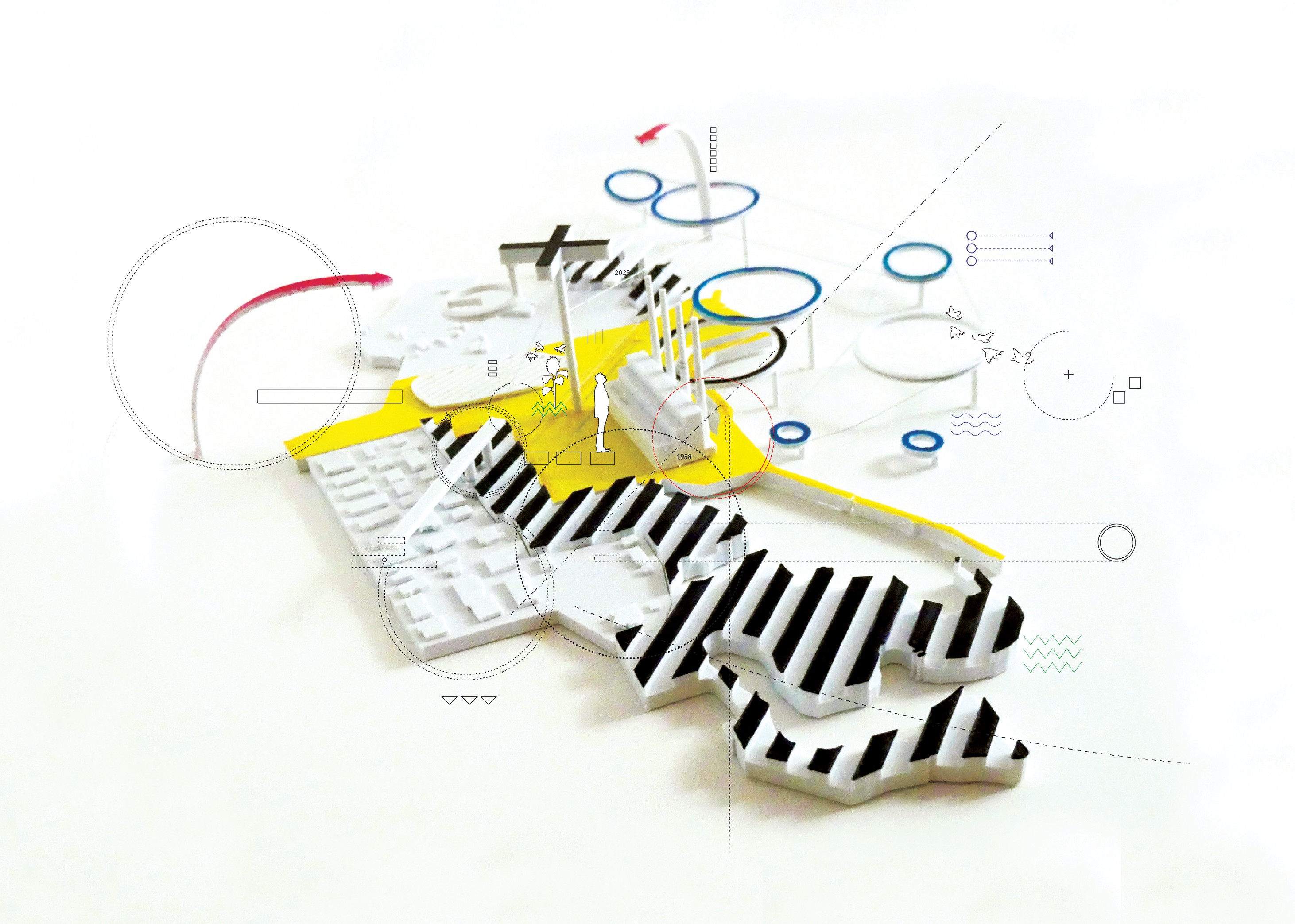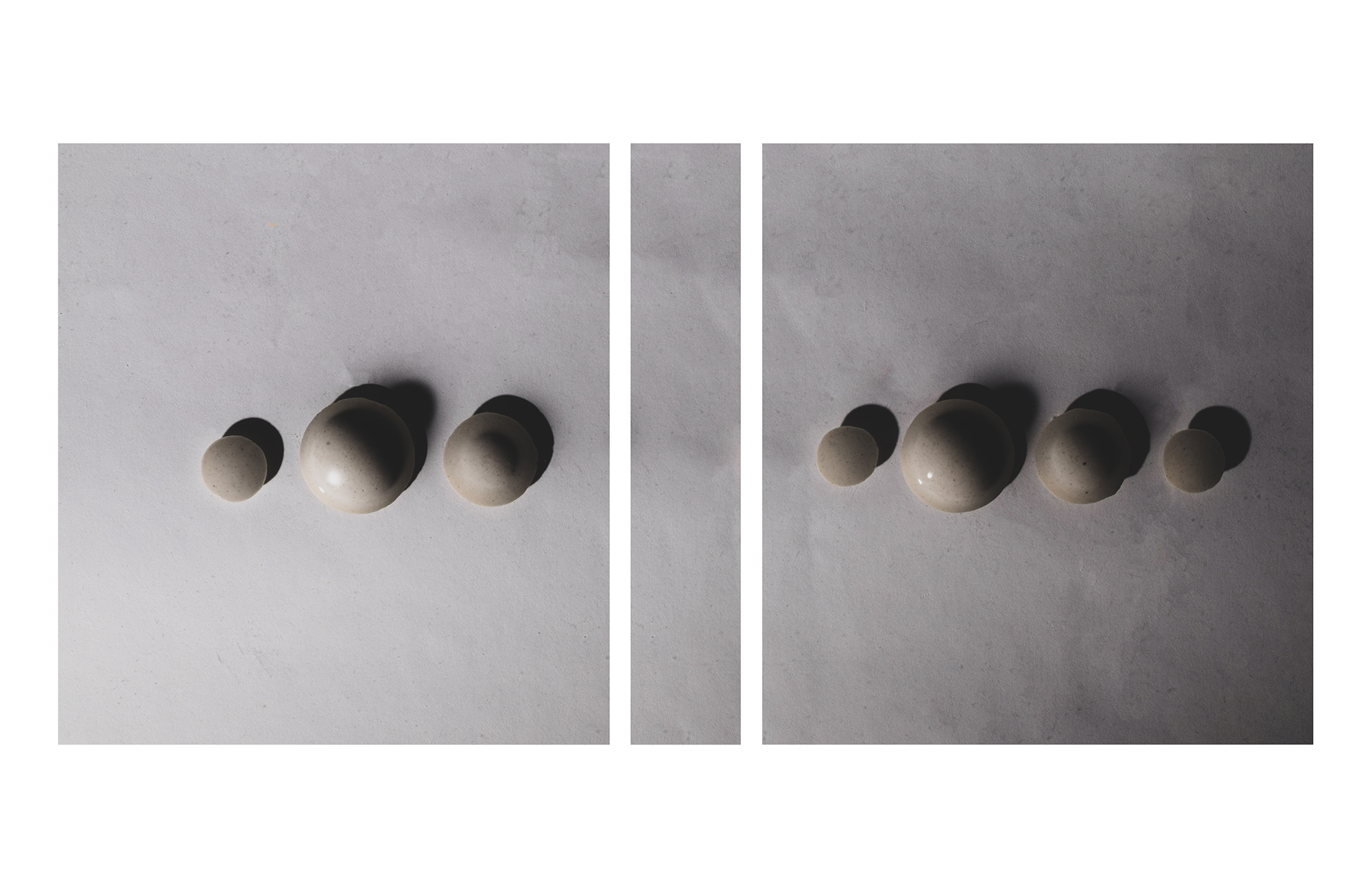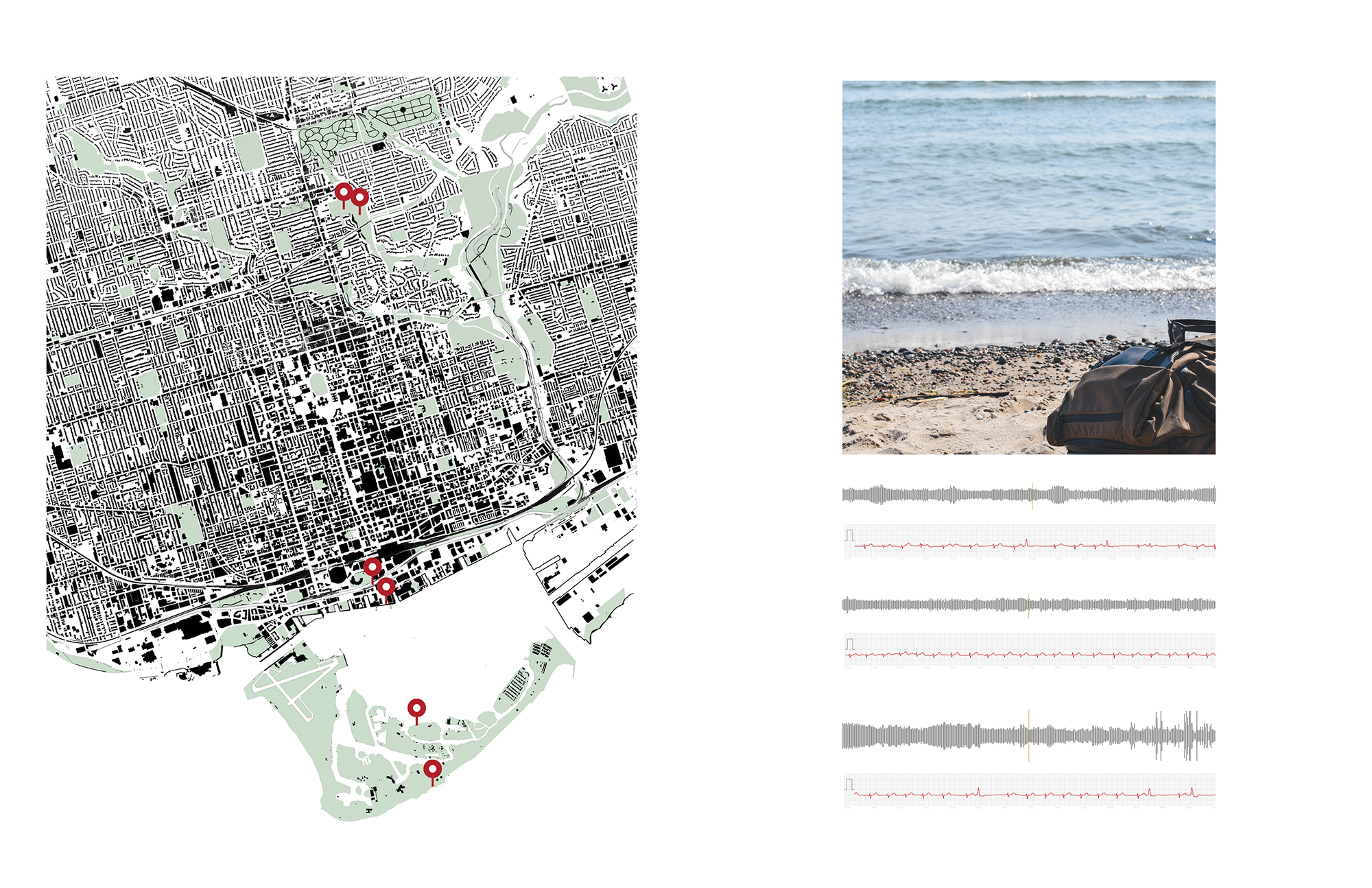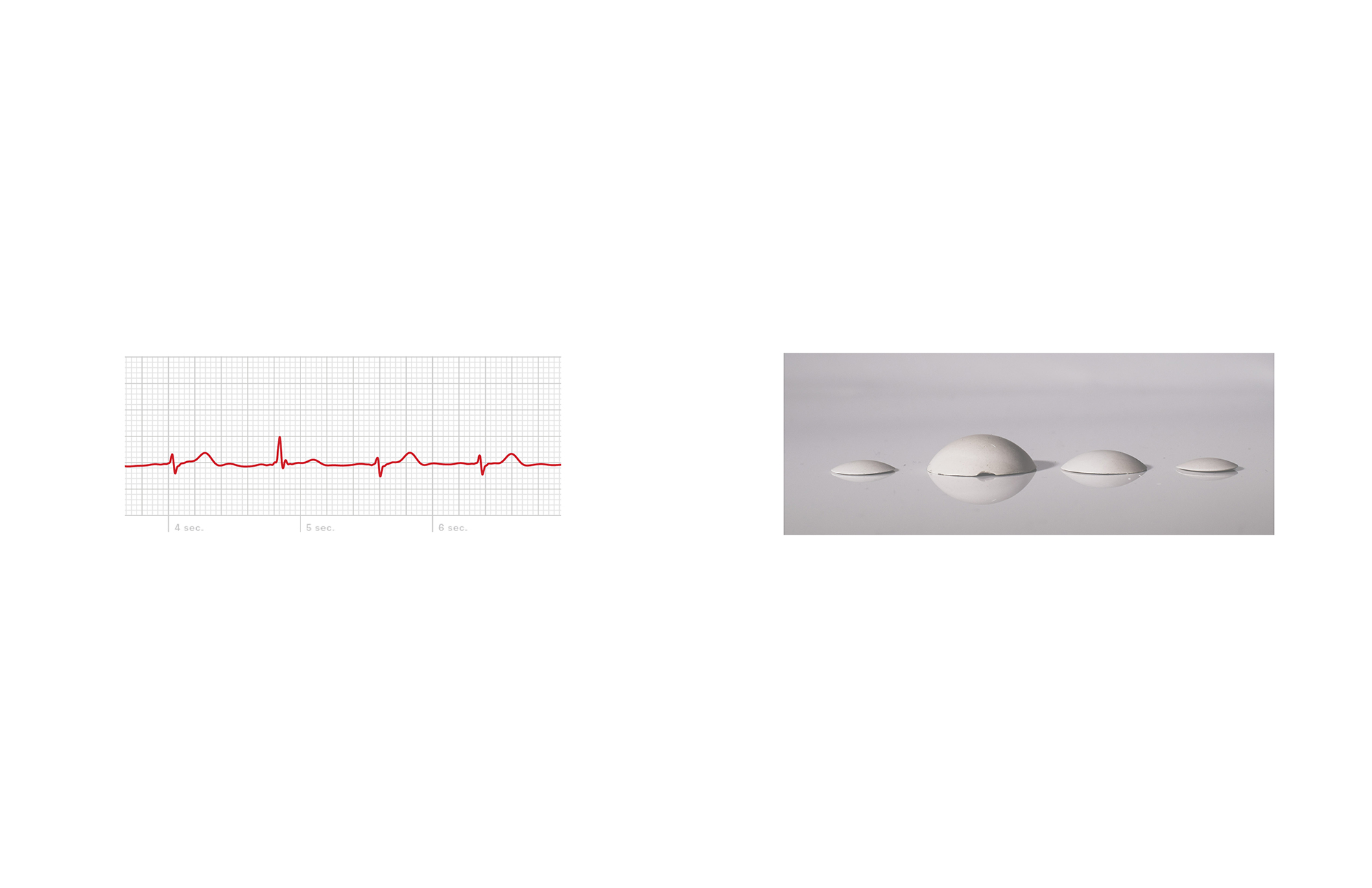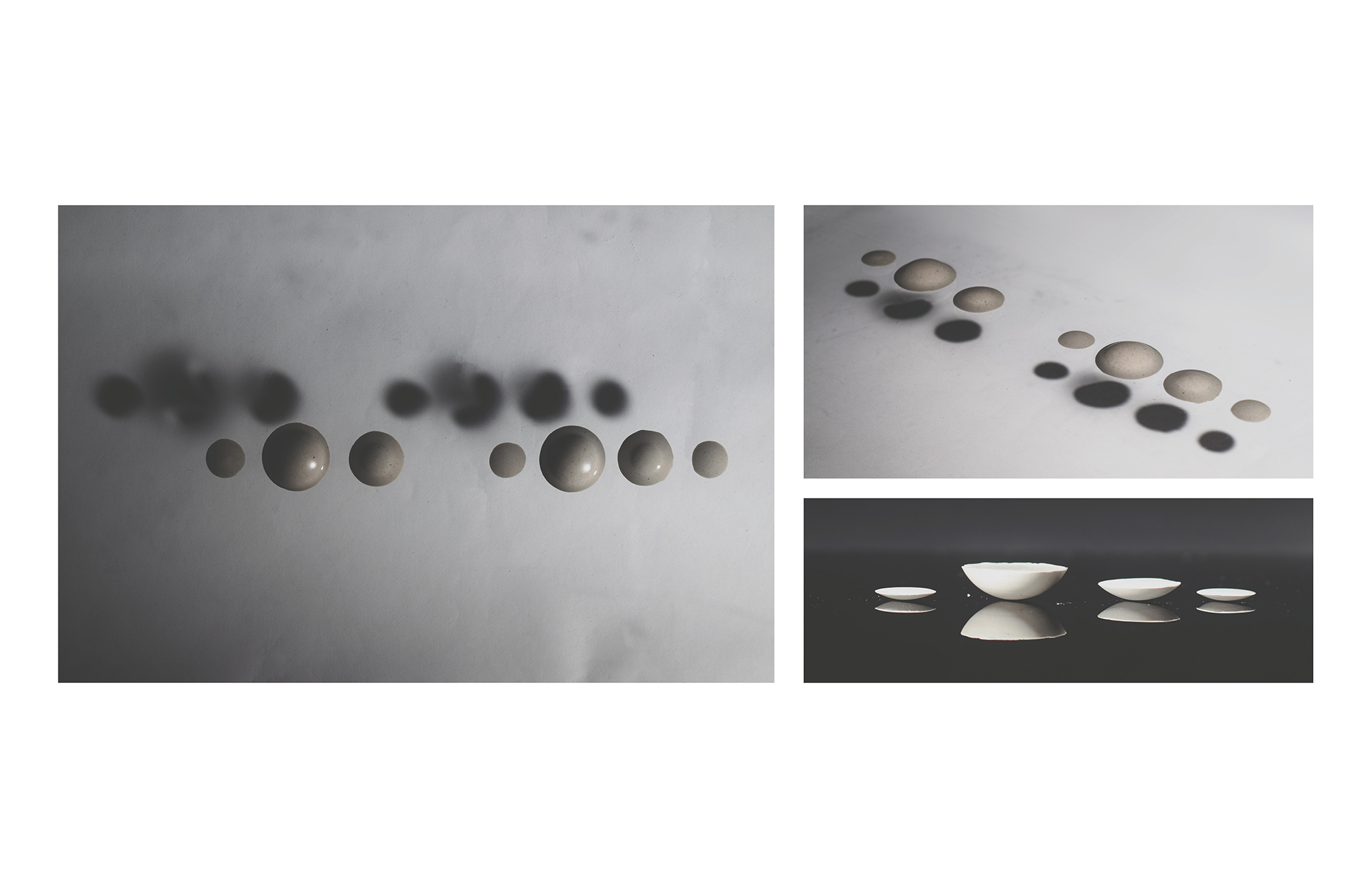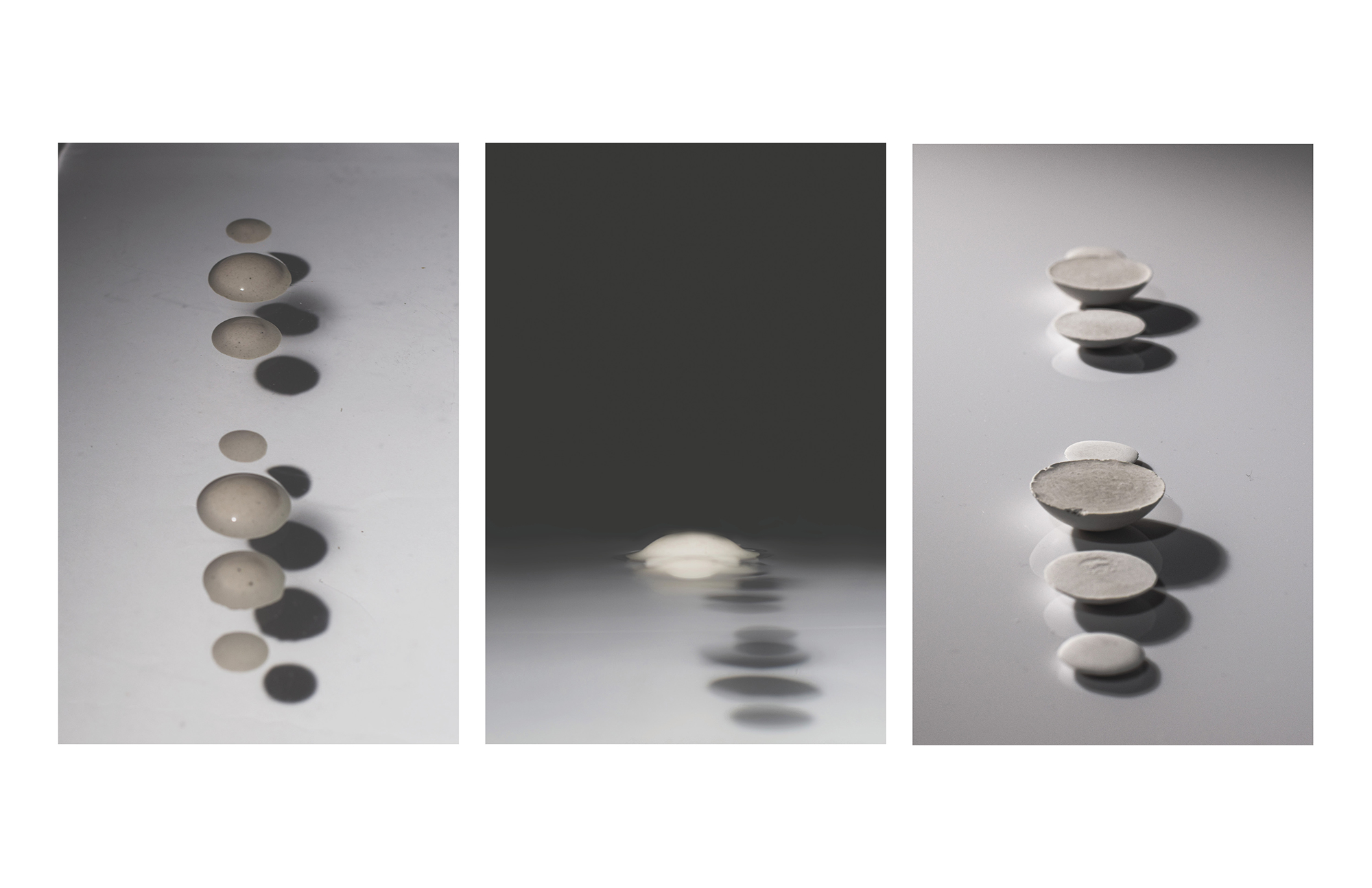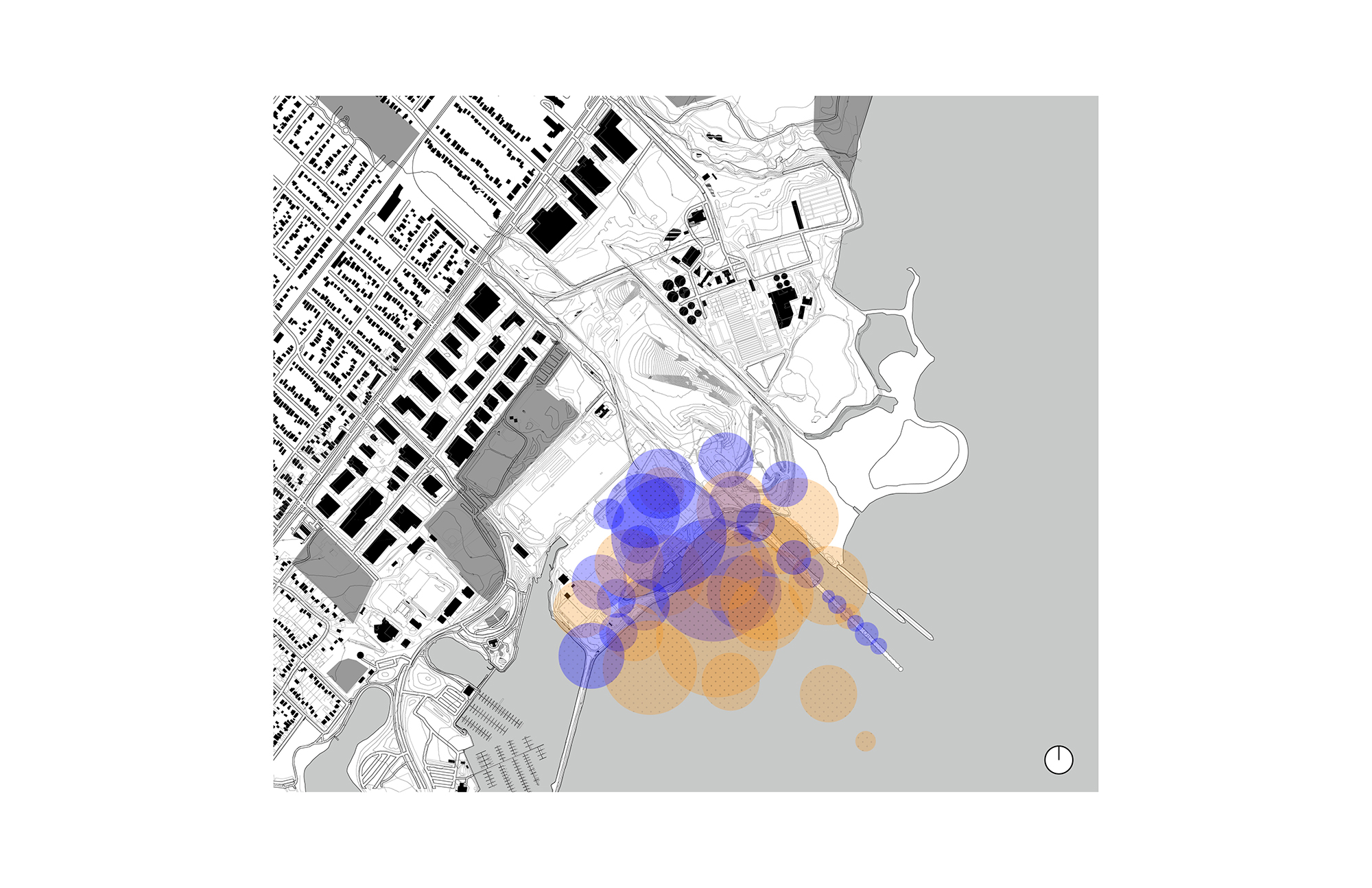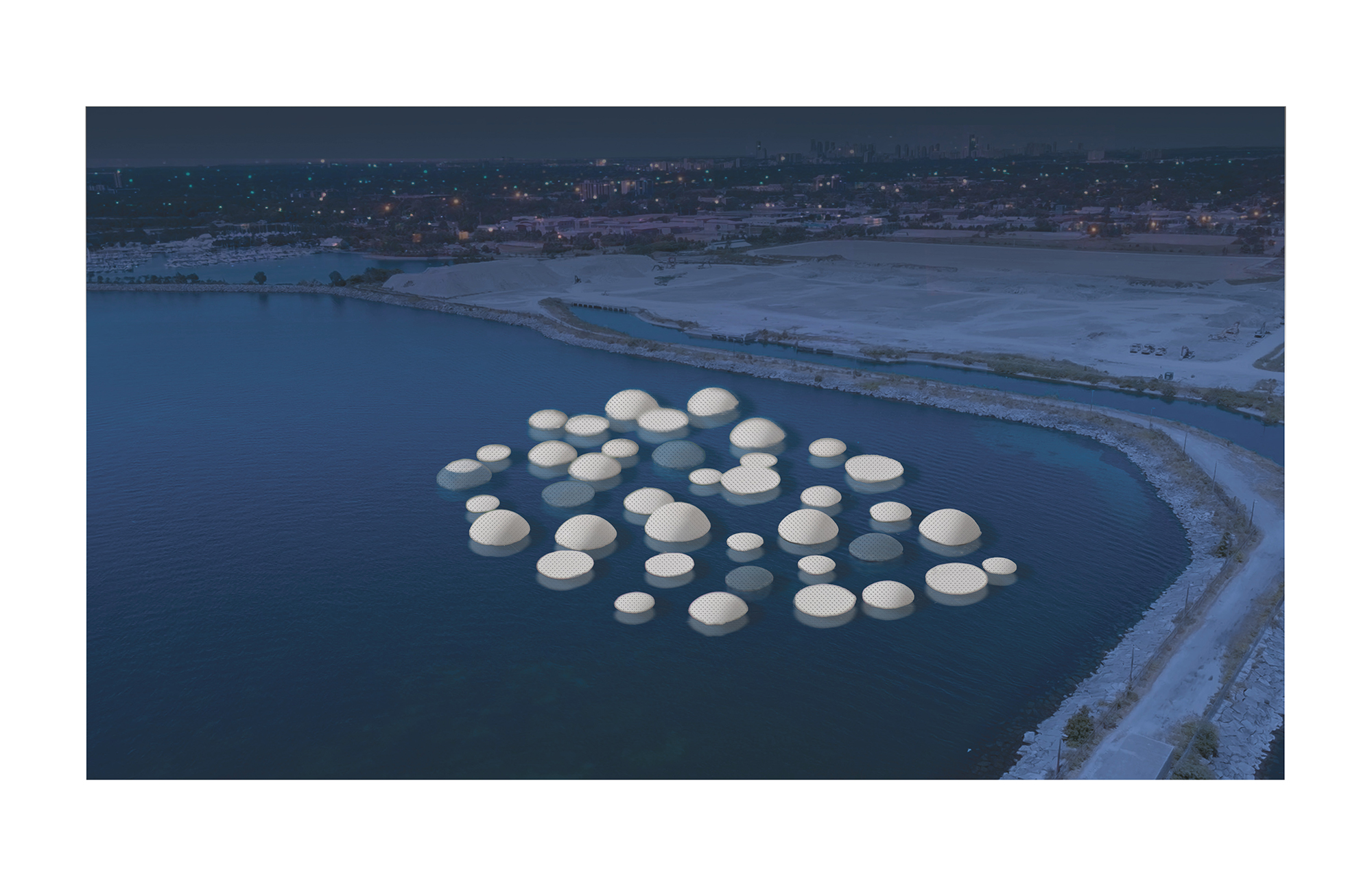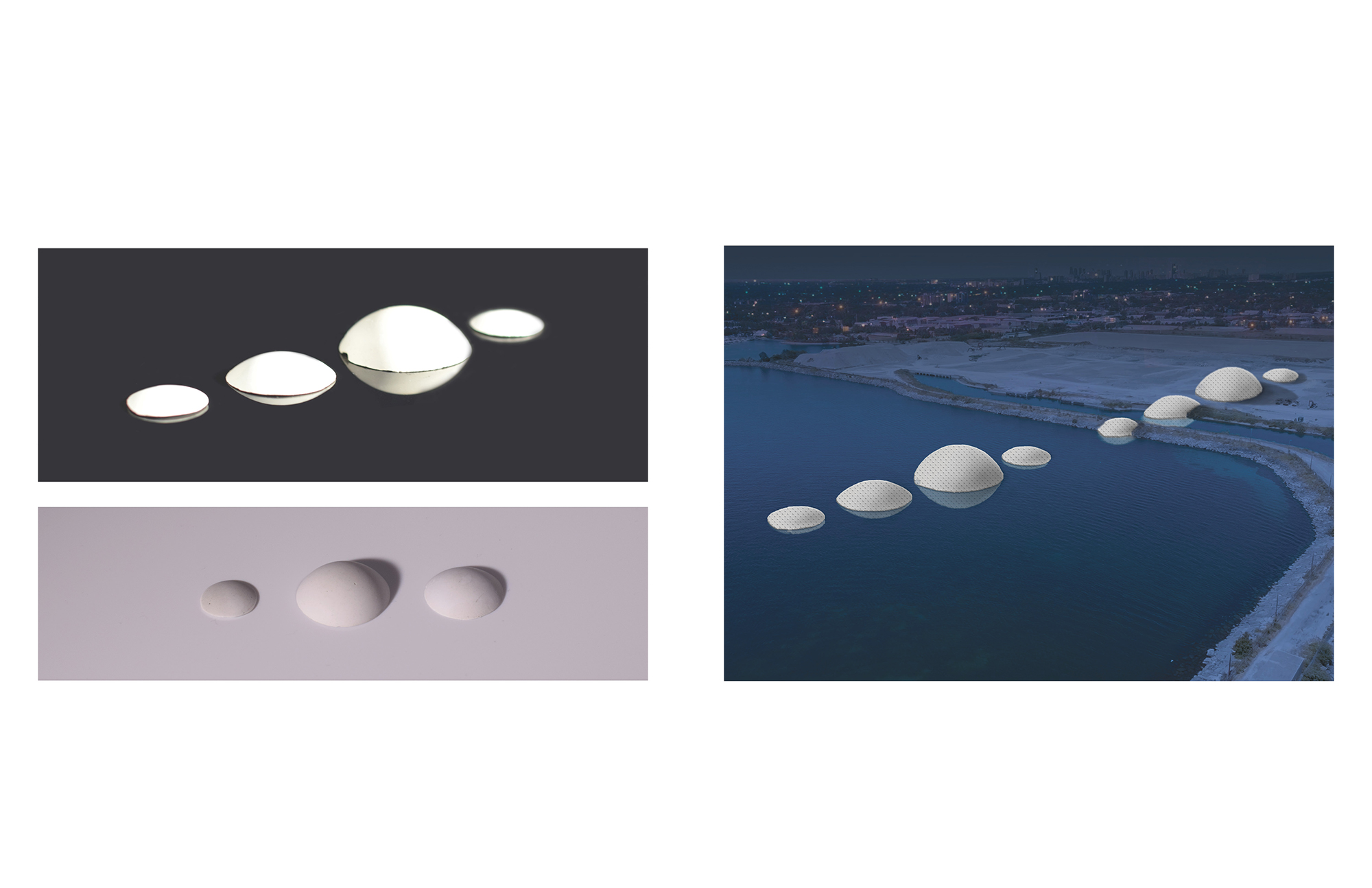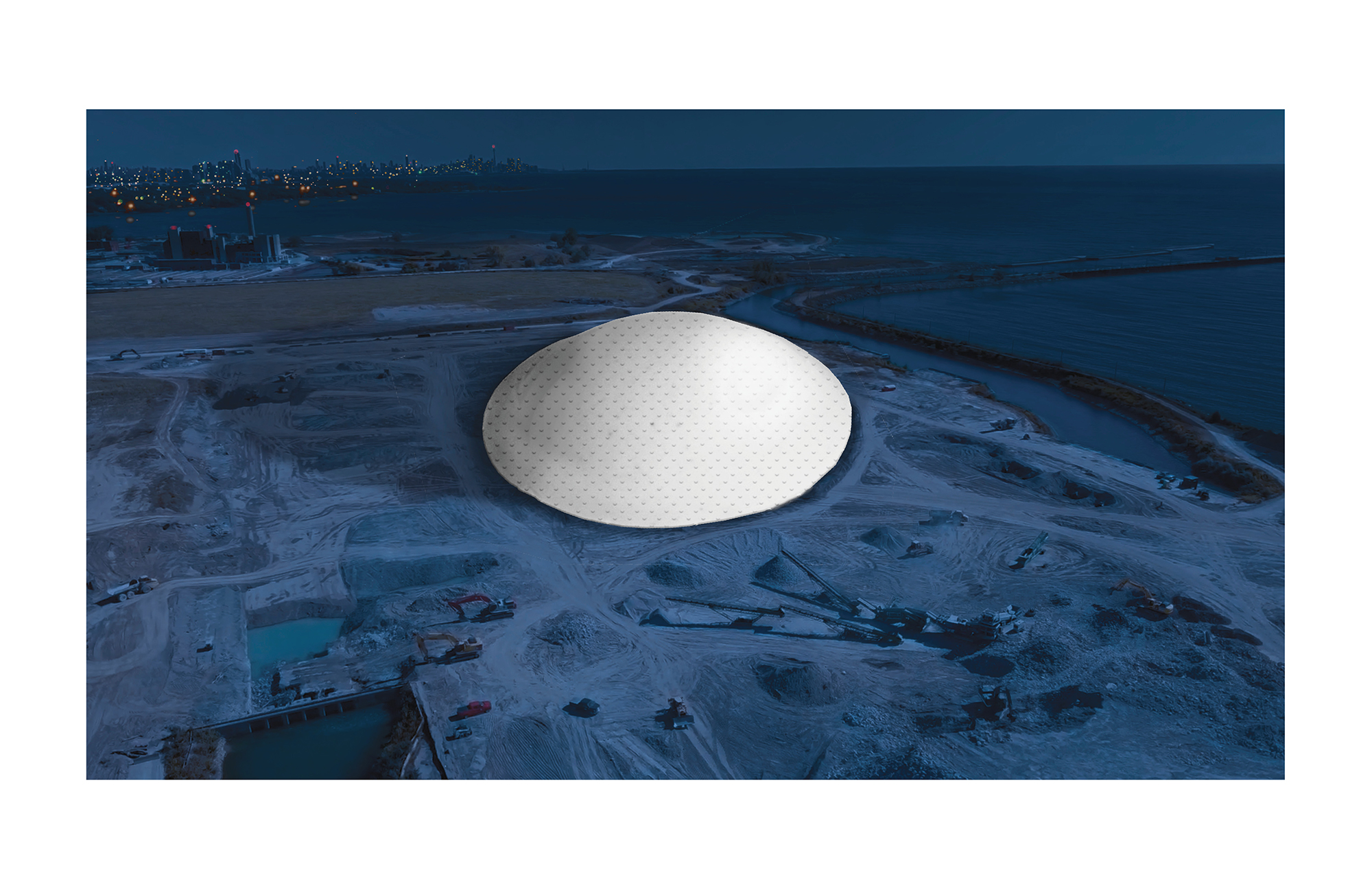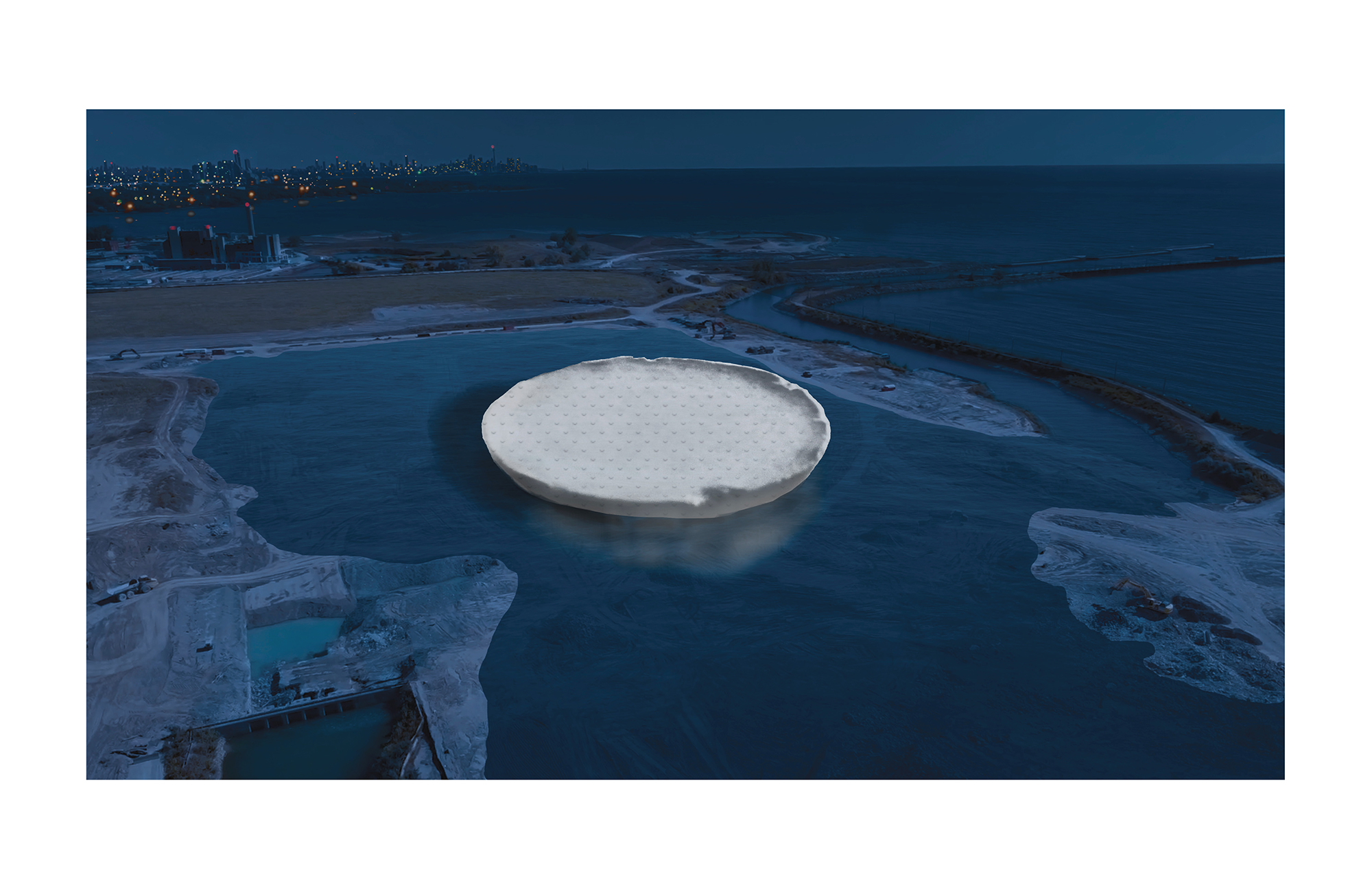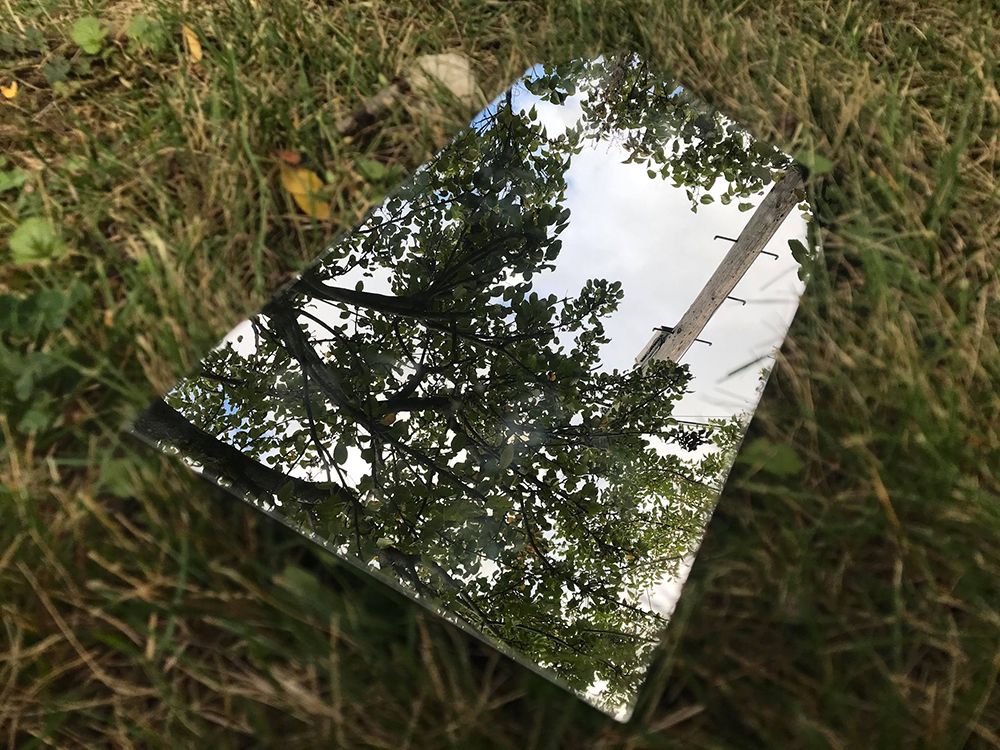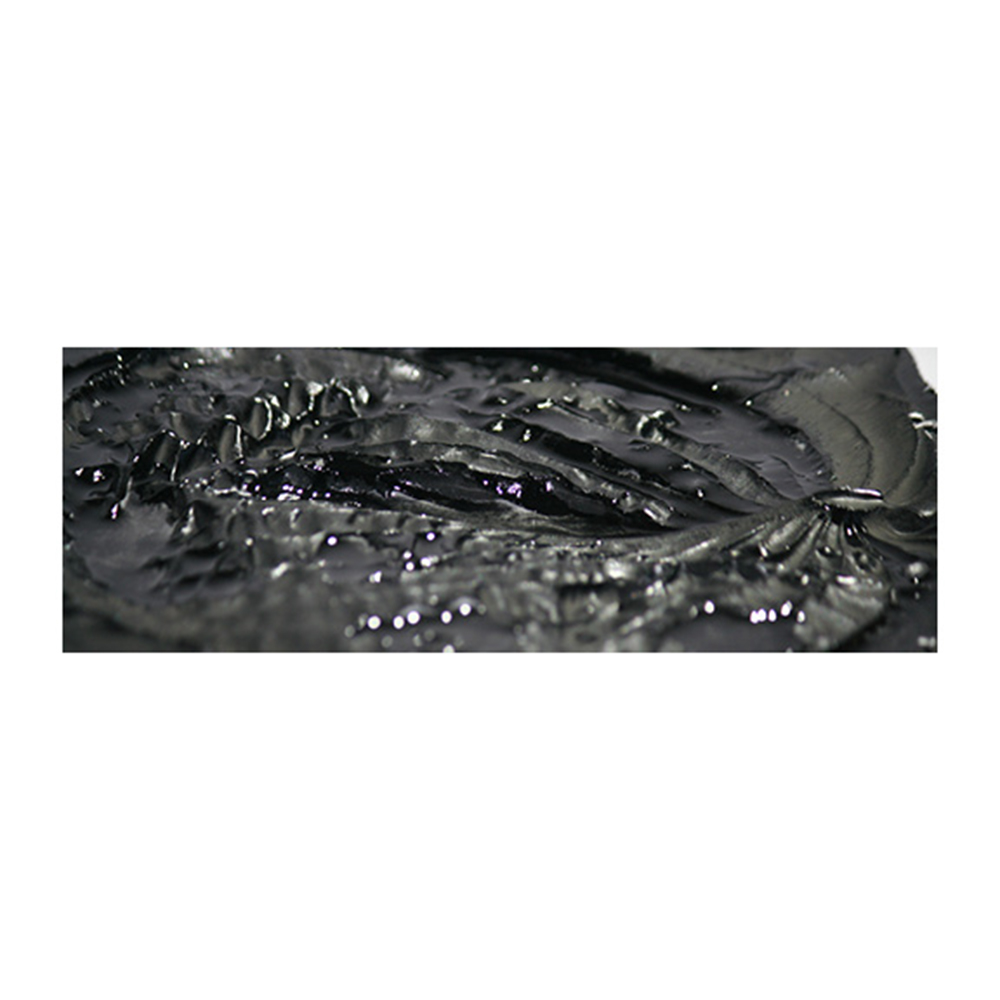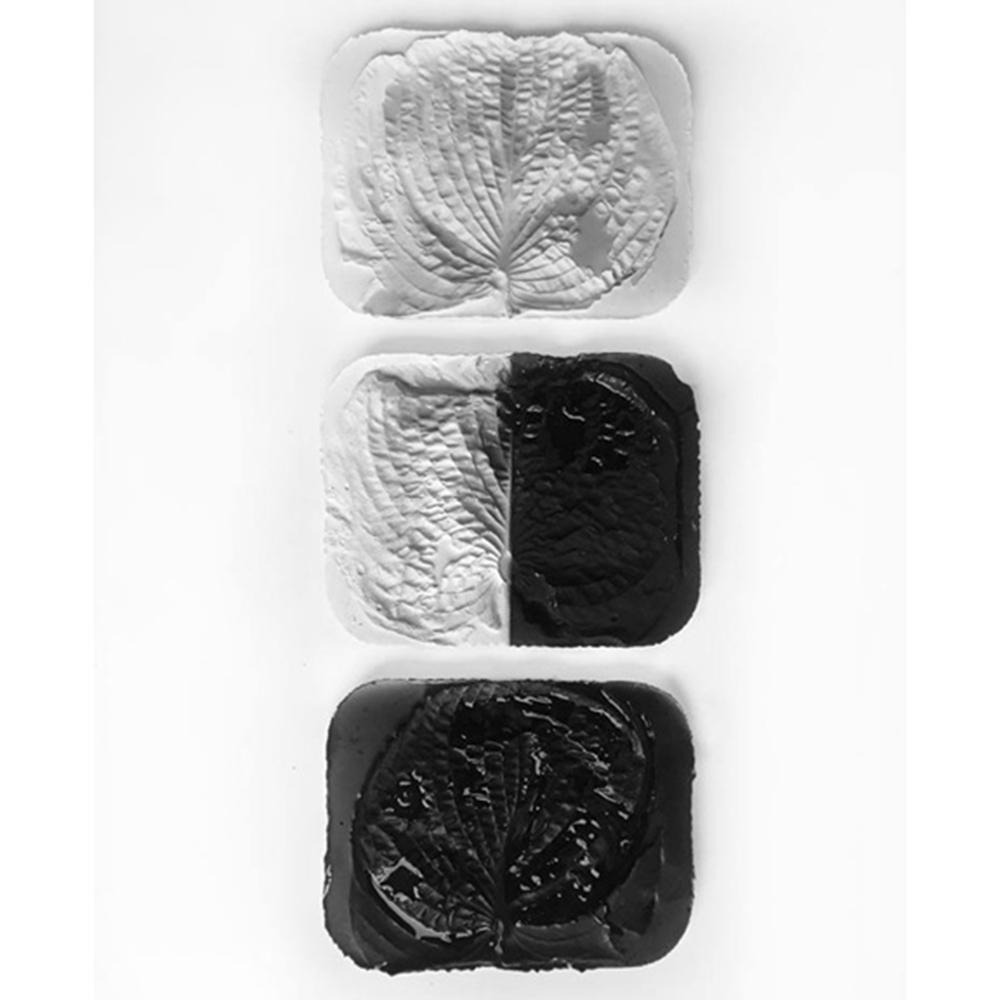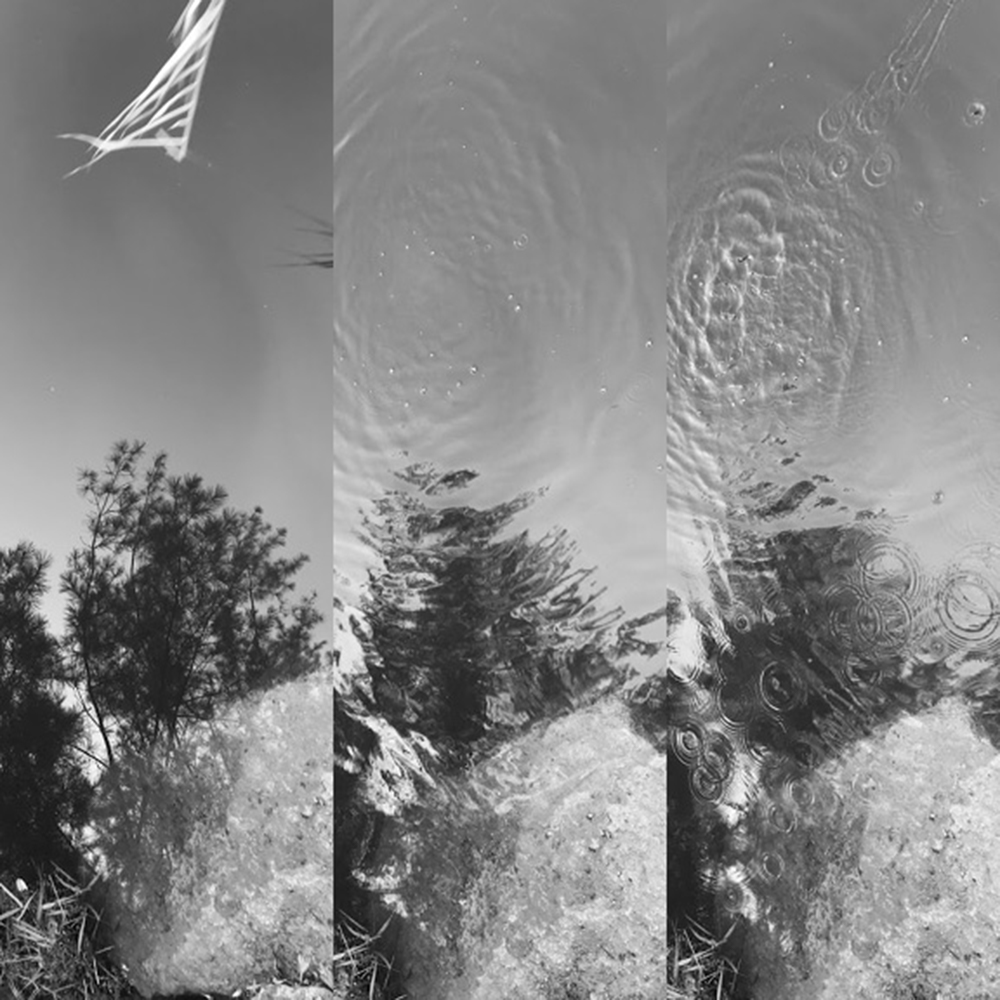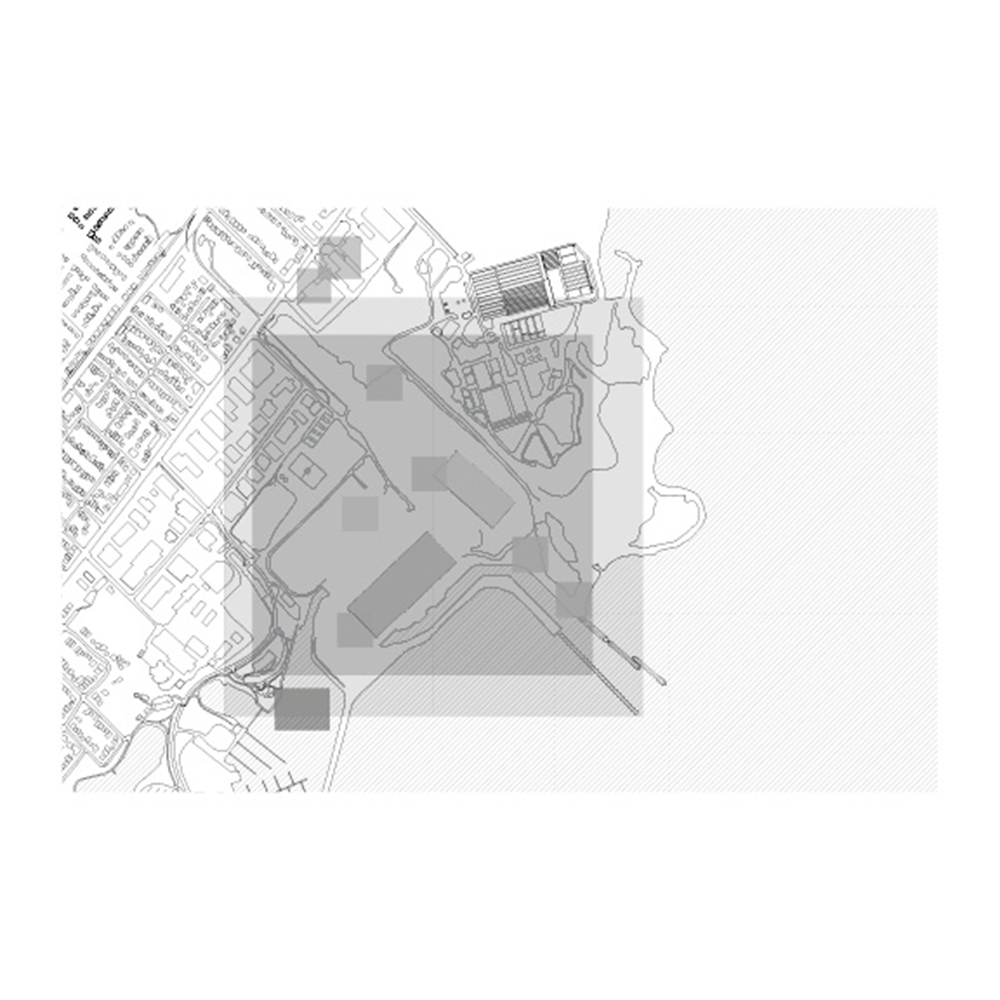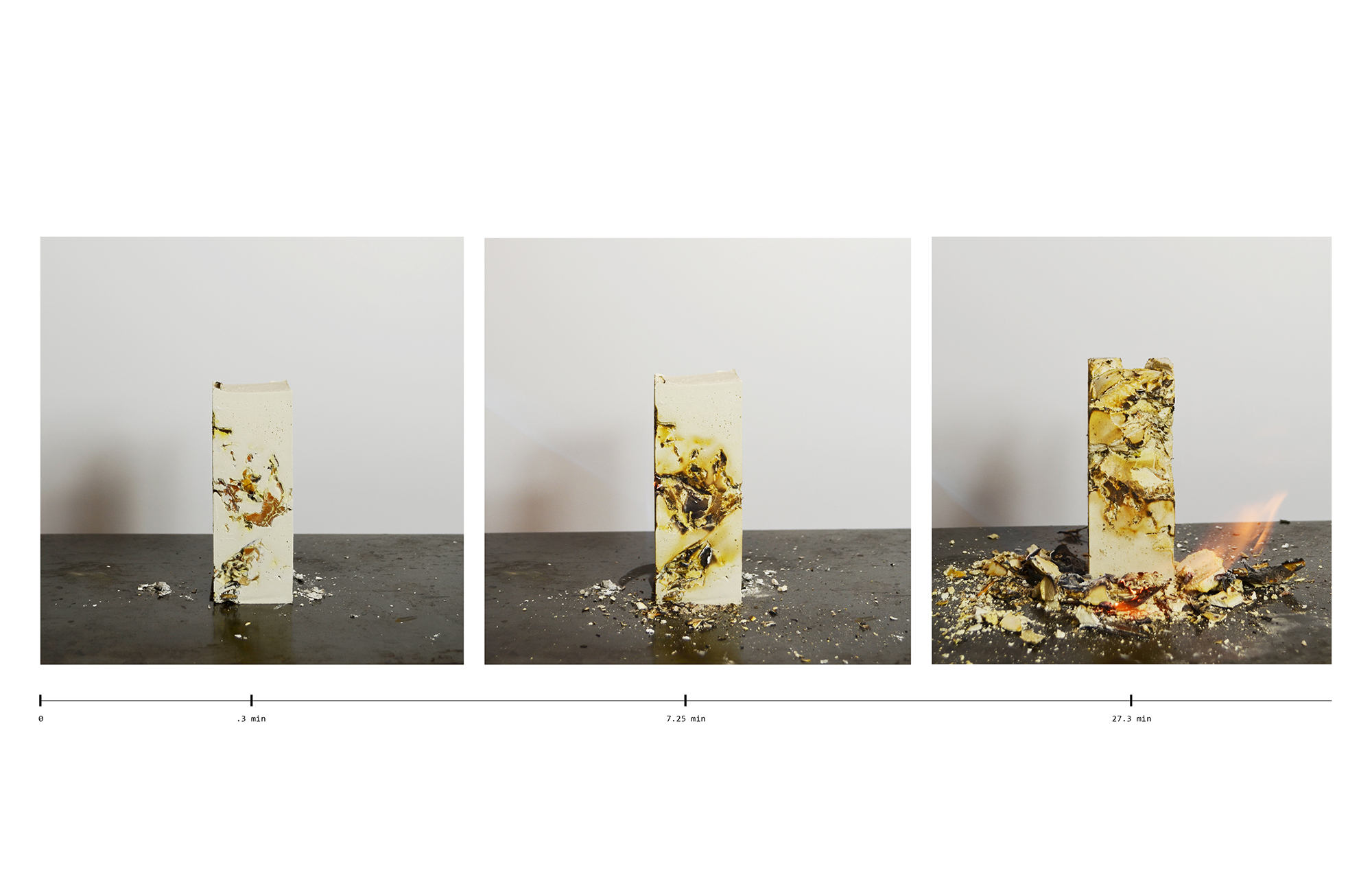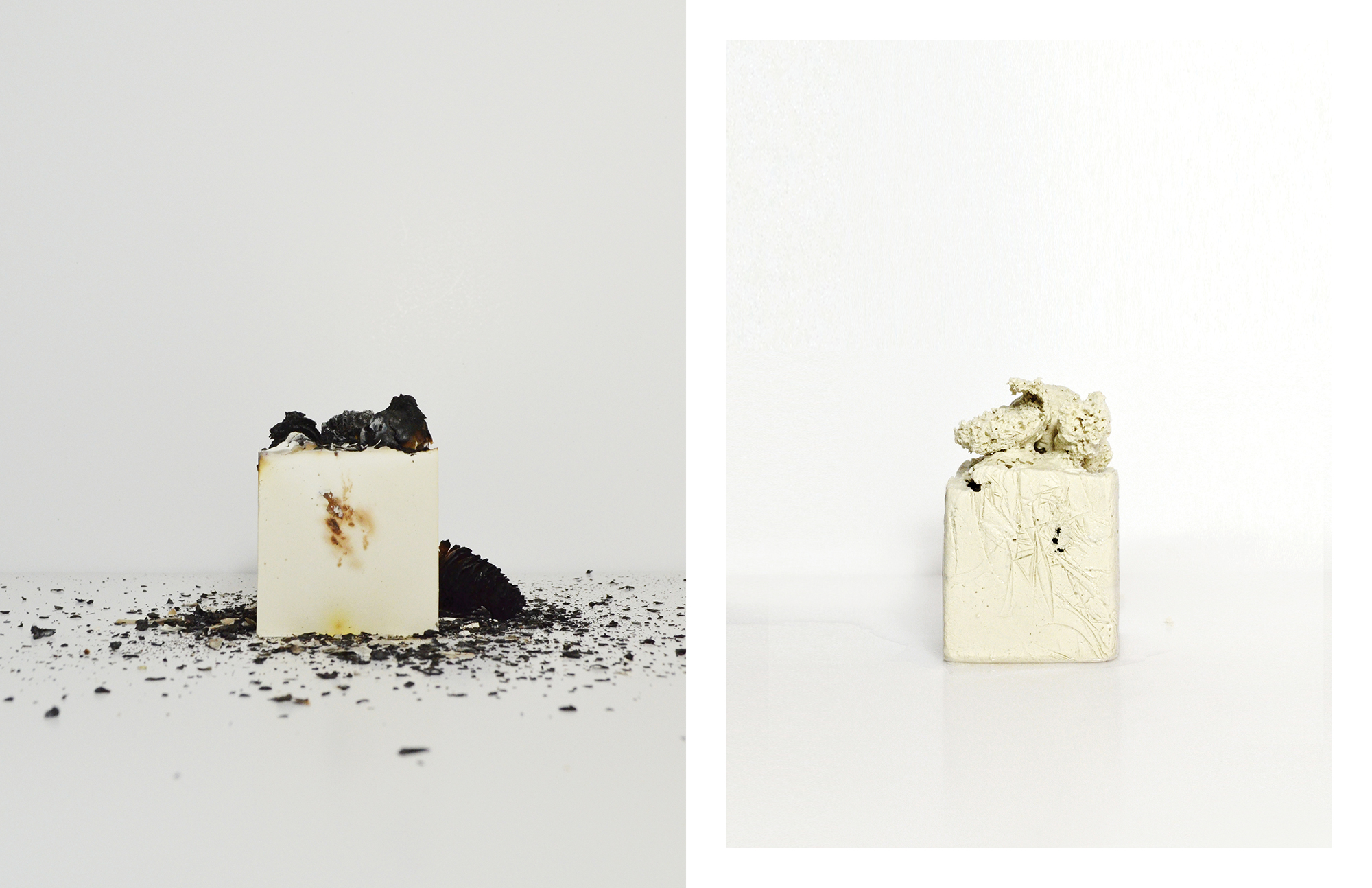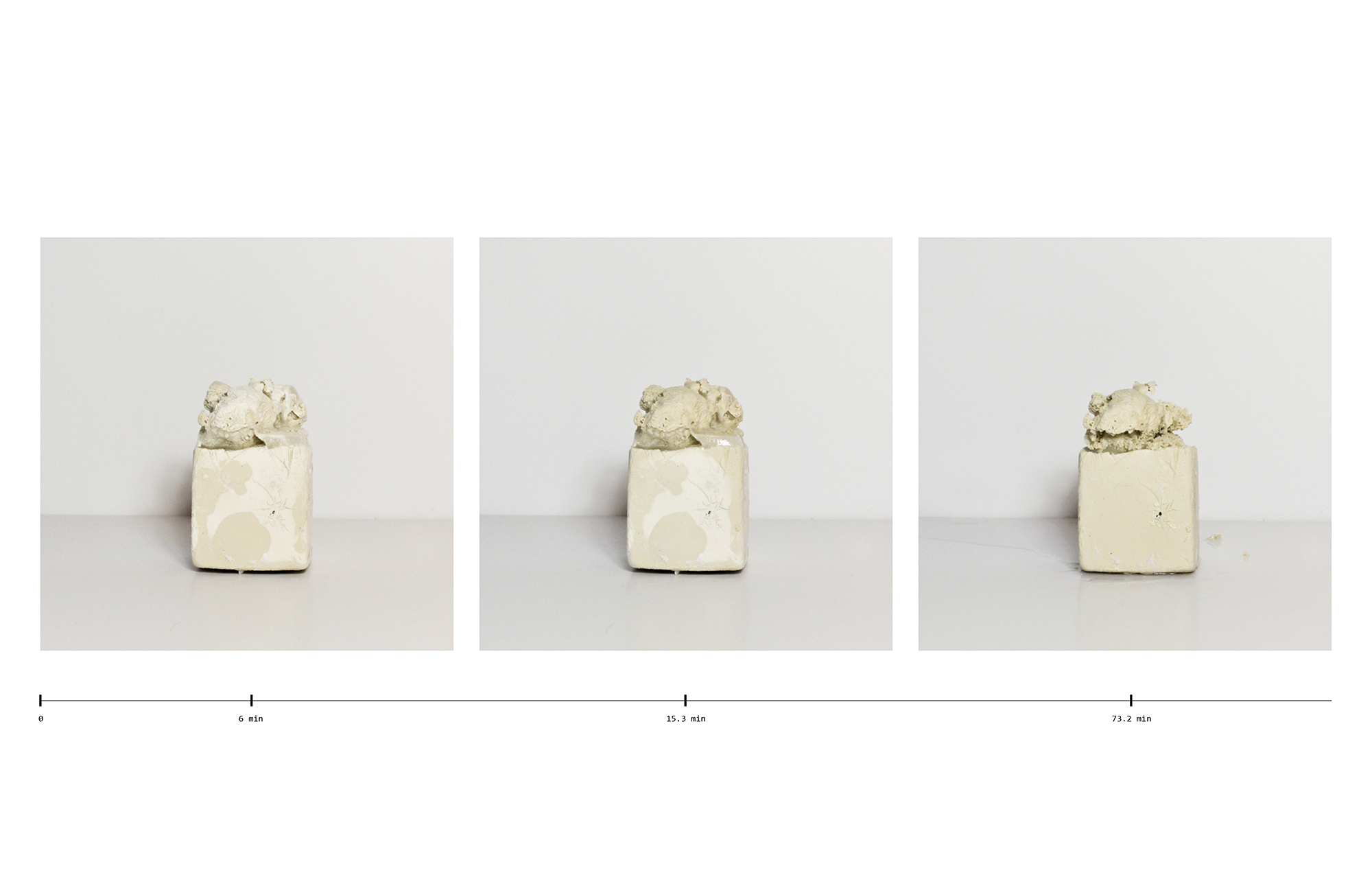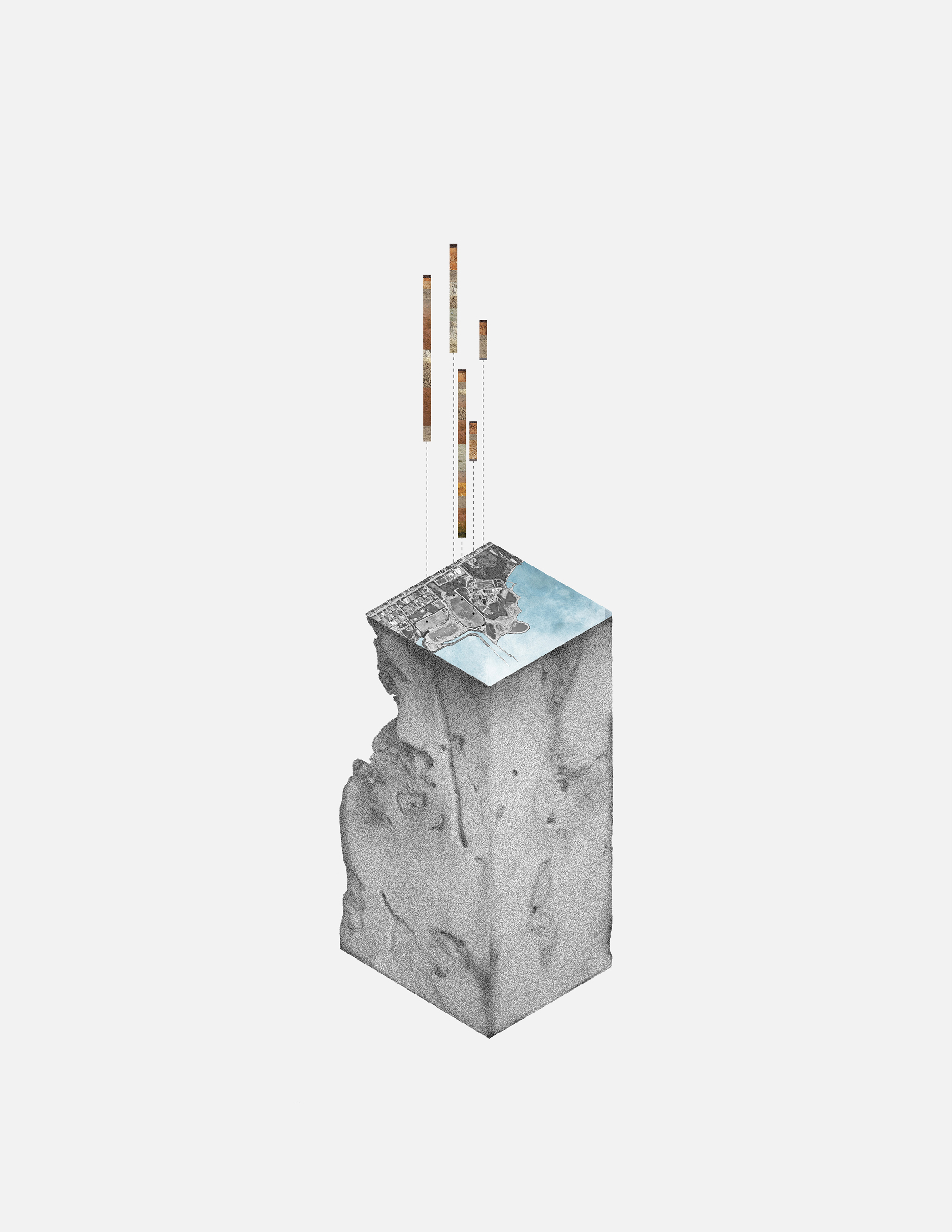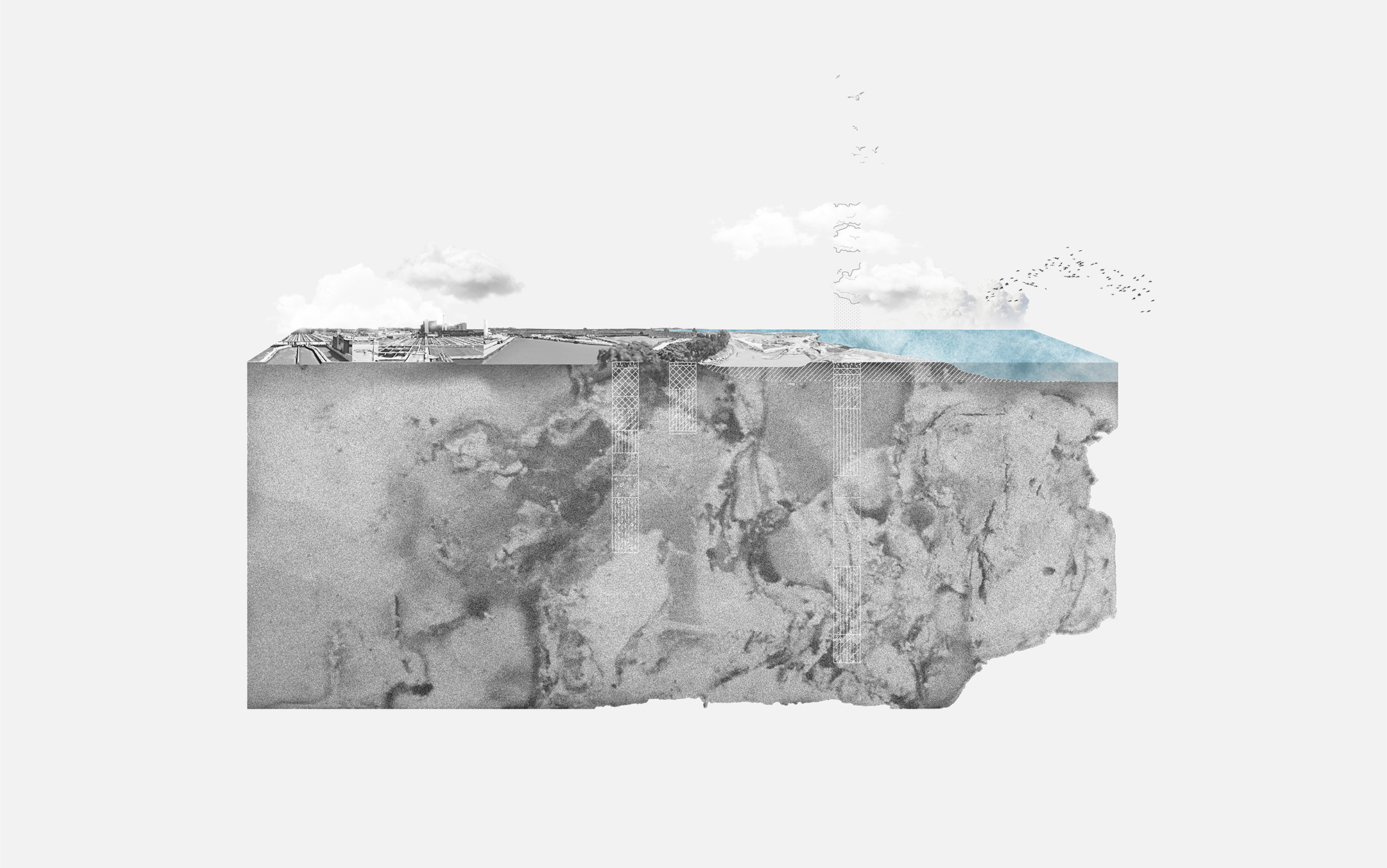Research Studio: Anthropocene
In this research studio, taught by Gilles Saucier, Christian Joakim, and Gregory Neudorf, students were tasked with researching a fundamental aspect of nature and incorporating it into a design proposal.
Erica Merkley
Erica writes: "Trees tell stories. Stories about life, history and nature. Each species, a different author, has different tales to tell. We see trees in deserts, on cliffs, in water. Not one looks alike. Old ones die, so new ones can thrive. Some bend, some twist, some spread, some reach. Some lose their leaves. They pass on their knowledge, learning as they grow. In a world that is constantly changing, adaptation is necessary for survival.
Due to the collective behaviour of modern societies, we find ourselves at a moment where we ask: How can design adapt to rapid environmental and ecological change? This proposal aims to create an ecological framework for the evolution of the Lakeview brownfield site. Now situated within the Anthropocene, the proposal explores a new form of development where humans and nature adapt in unison. The Slow-Growth framework is a new chapter in the evolution of brownfield sites — one of resilience, community and continual change."
Jeremy Fung
Jeremy writes: "In the anthropocene, humans wield the power to destroy at scales that rival natural and gradual geological processes. Yet, that same power grants the ability to repair. We are a part of nature and depend on nature. It is our responsibility to be respectful stewards of nature, leaving behind a legacy as good ancestors. By reconnecting with nature, we can begin to make amends for the past mistakes of humanity. During the first visit to a forest in search of a connection with nature, a photograph was taken of a living tree growing on top of a decaying stump. A space is created under the living tree, becoming a memory of the dead stump. Inspired by this natural phenomenon, the following narrative was formed: Life is a continuum in that death fosters the living, while the living memorialize the past. The blue line highlighted on the site plan was the extent of the 1950s shoreline before land was reclaimed in the 1960s for a new coal power plant. History, transformation, and mediation of the land is captured by this blue line. As an edge between past and present, it also represents a moment of change. Pictured is a sketch of a potential built form that is a metaphor for living memory. Land reclamation efforts and heavy industry have erased the blue line, thus erasing this moment of change. The form makes the forgotten visible as a physical representation of the blue line, while giving a new reading of the land. Influenced by the presence of the blue line, the folding ground creates an illusion that blurs the shorelines of past and present."
Kangmin Lee
Kangmin writes: "The Anthropocene can be observed as a new chapter of Earth. Traces are left on our planet, either seen or unseen. 'Evolve' is a project that is developed in response to the gesture of human imprint. The vision of the idea is to accept these mistakes and develop them with a positive approach. What is explored is a story of what existed here and what we created. The challenge of this speculative project is to embrace these marks and see them as tools to work with."
Shalice Coutu
Shalice writes: "We are living through a time of acute awareness of our impact on the earth and the scale of human influence on climate and geology. This project questions the inverse: what is the earth’s impact on us humans — and, more specifically, the impact on our heartbeats? Natural and human-made environments across Toronto were studied, manifesting connections between the sounds of the environment and their influence on our heartbeats. A focus on the idea of emergence and dissolution conceptualizes the heartbeat into a series of linear pebbles. Instead of listening to each beat, the fascination lies in listening to the silence between each beat, conceptualizing the notion of the in-between. Subsequently, the pebbles and their atmospheric studies provided insight for a waterfront site in Mississauga, using the duality and ephemerality of the pebbles as an analysis tool for the site."
Audrey Rott
Audrey writes: "This project explored the ways in which reflection is present in our natural surroundings. In studying a variety of reflective surfaces in nature, the leaf became a catalyst for analyzing the accumulation of water on its surface and the ways in which light, colour, image and object are reflected. Notions of reflection and water accumulation were then applied to the given site and program analyses."
Rachel Doo
Rachel writes: "The process began through the exploration of capturing moments in time by casting artifacts taken from nature into plaster, then testing the limits of these objects by using natural forces to shape them. Through this, the process of erosion has been memorialized. The site analysis reflects this process through the use of boreholes that document environmental transformation. The layers of each analysis create the object as a marker of change."


